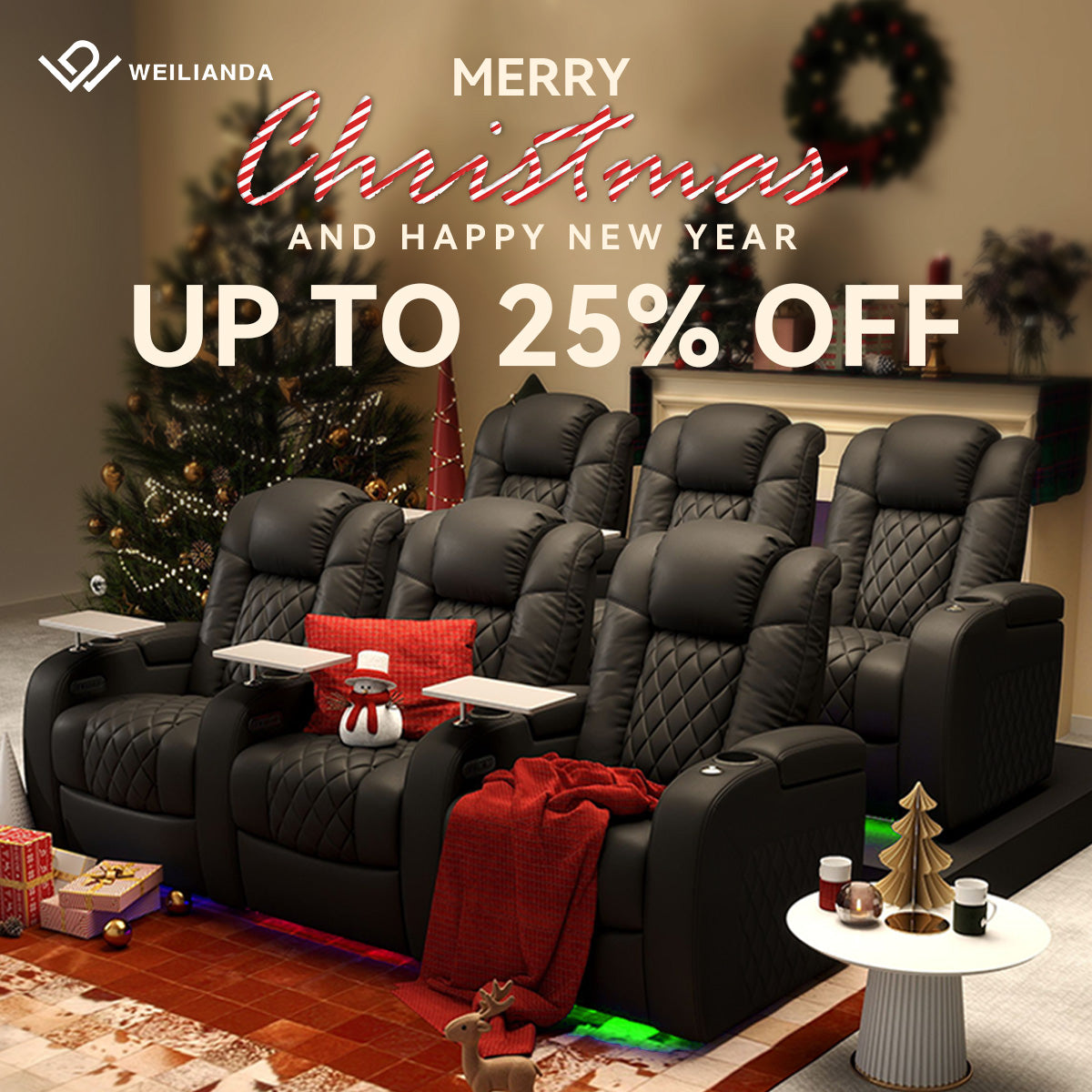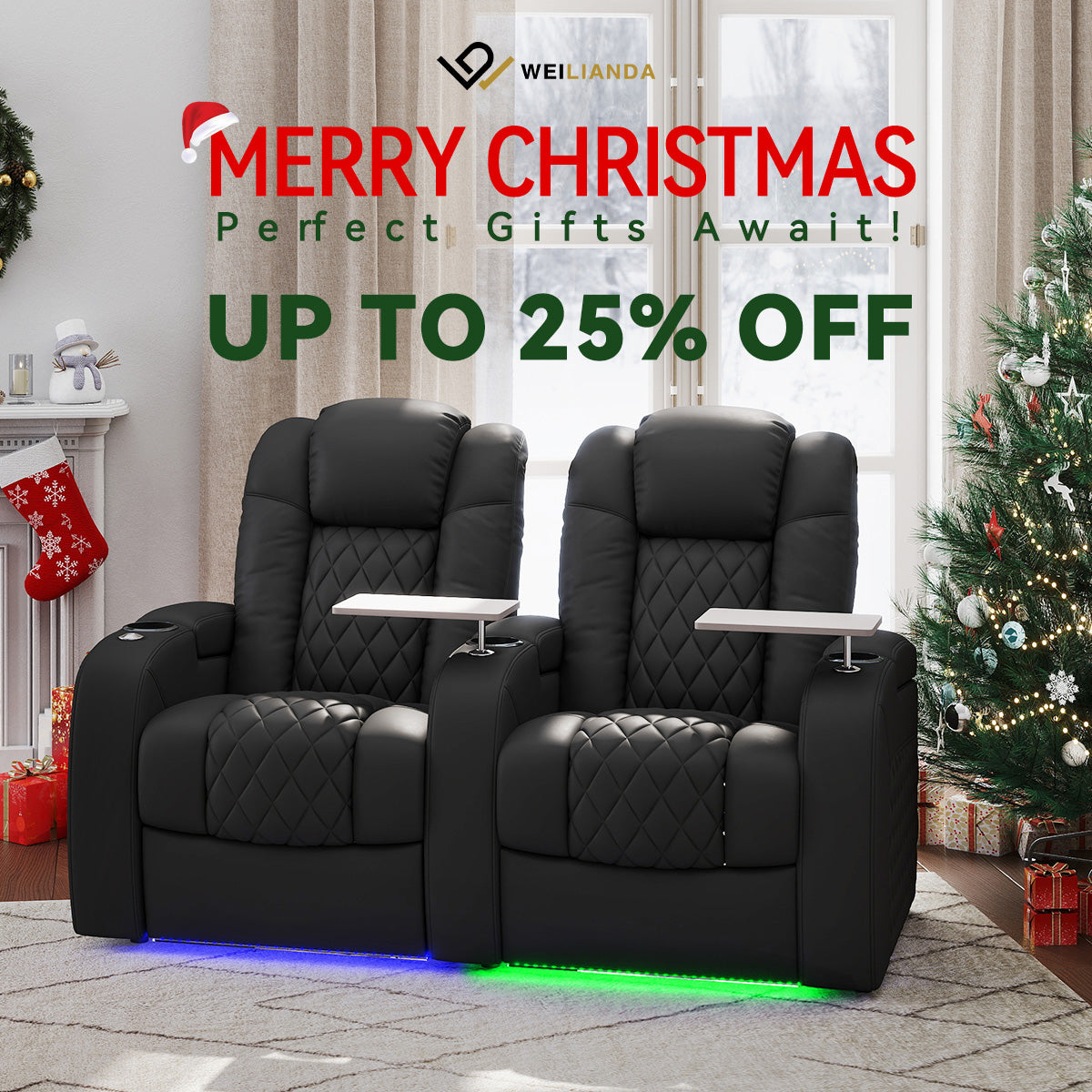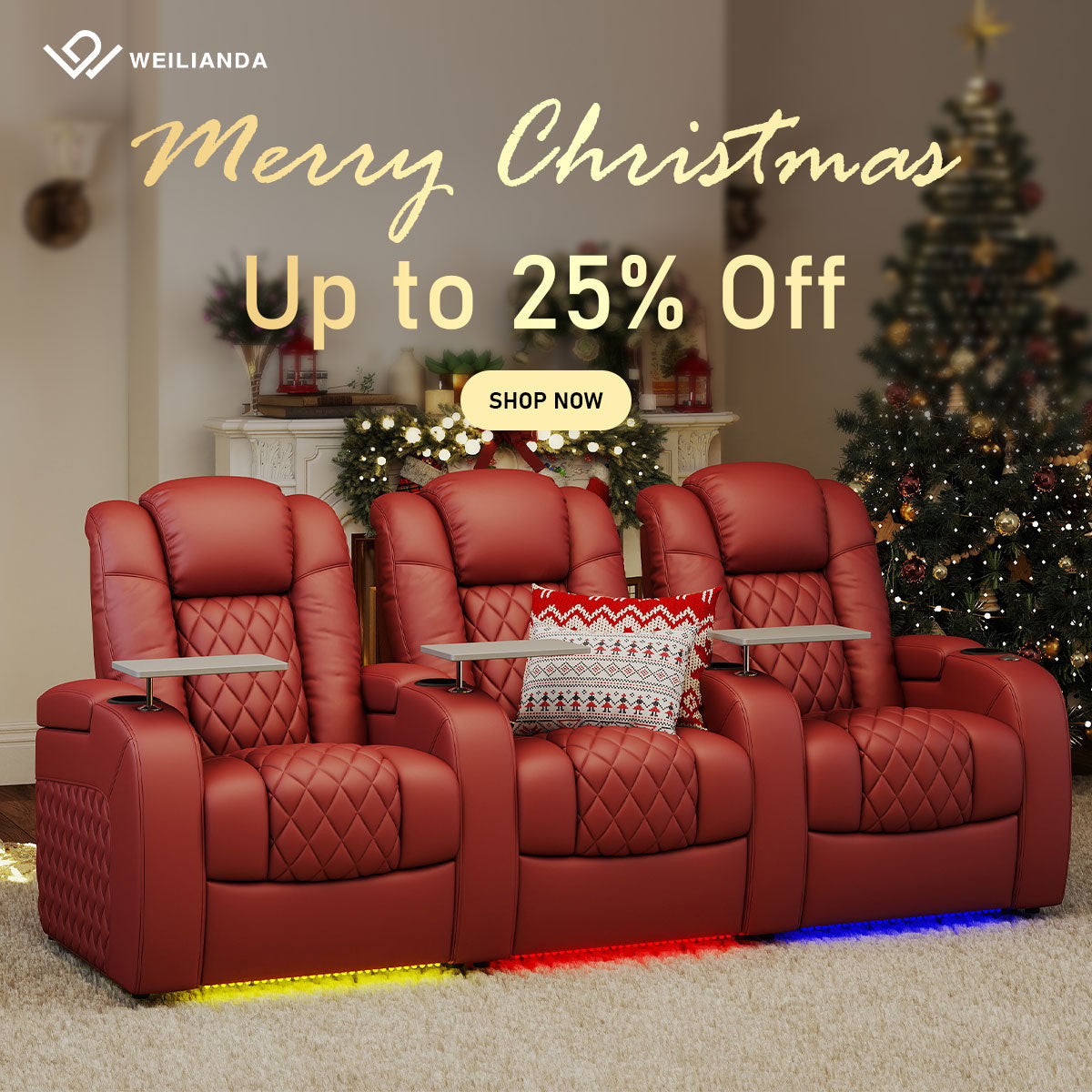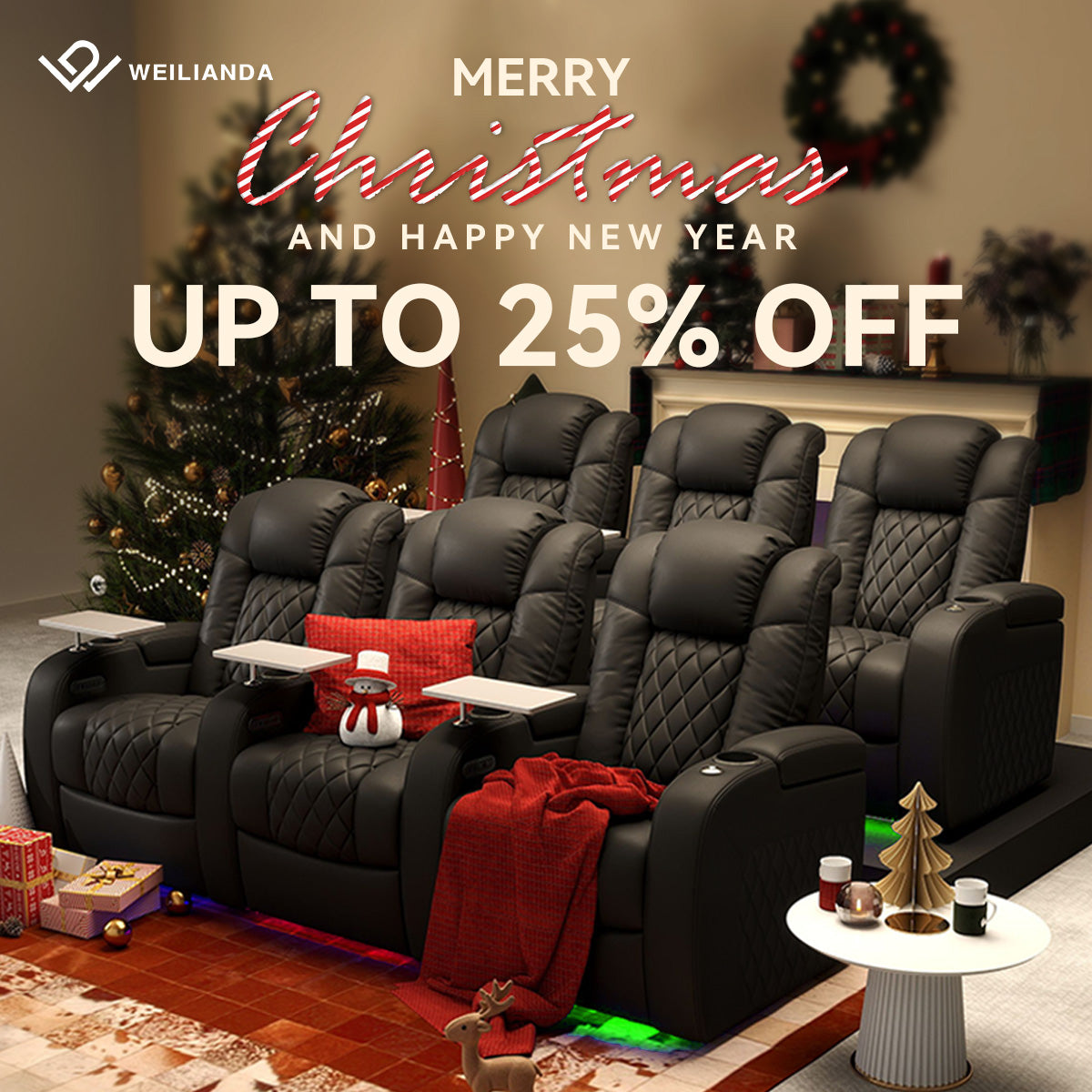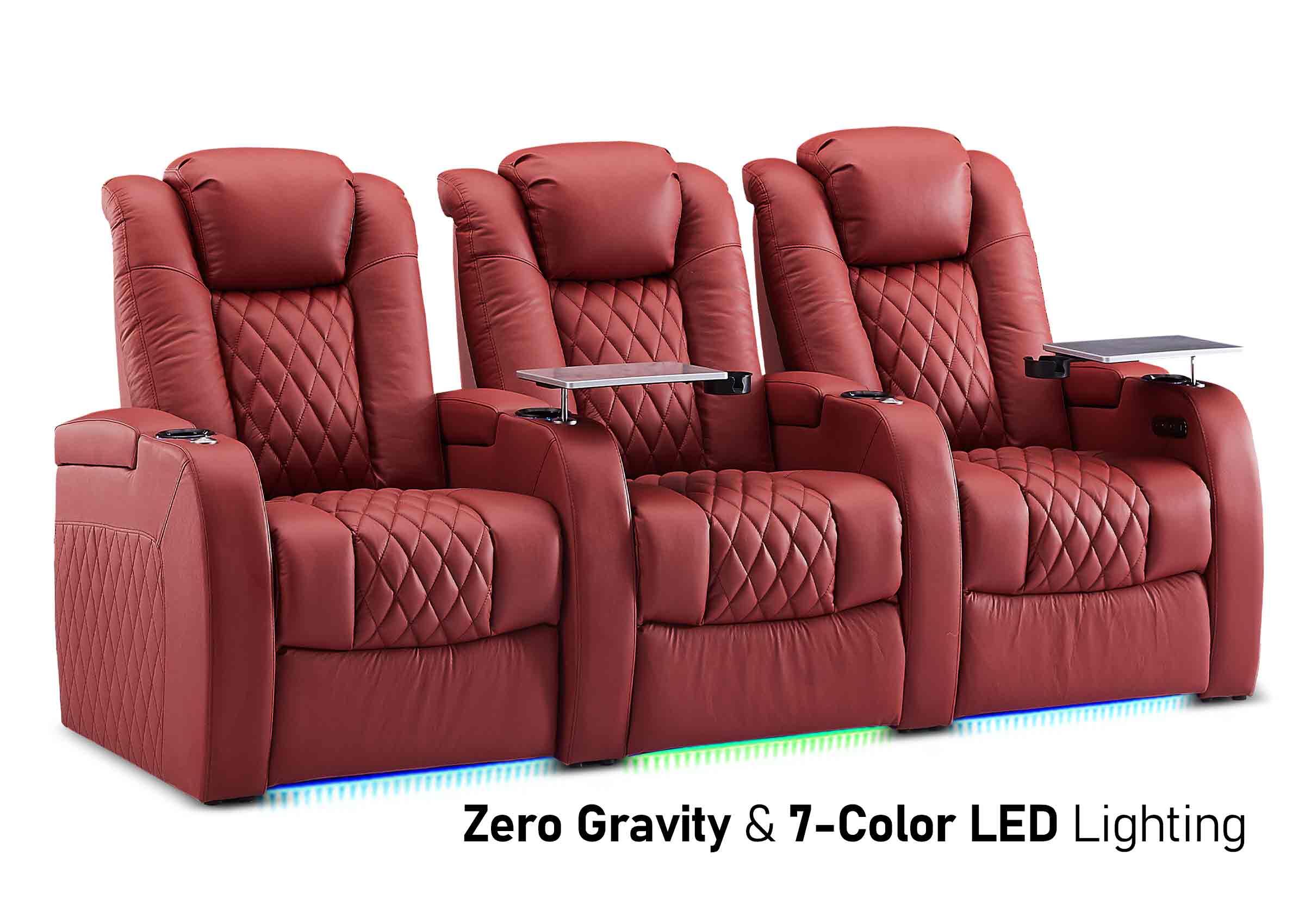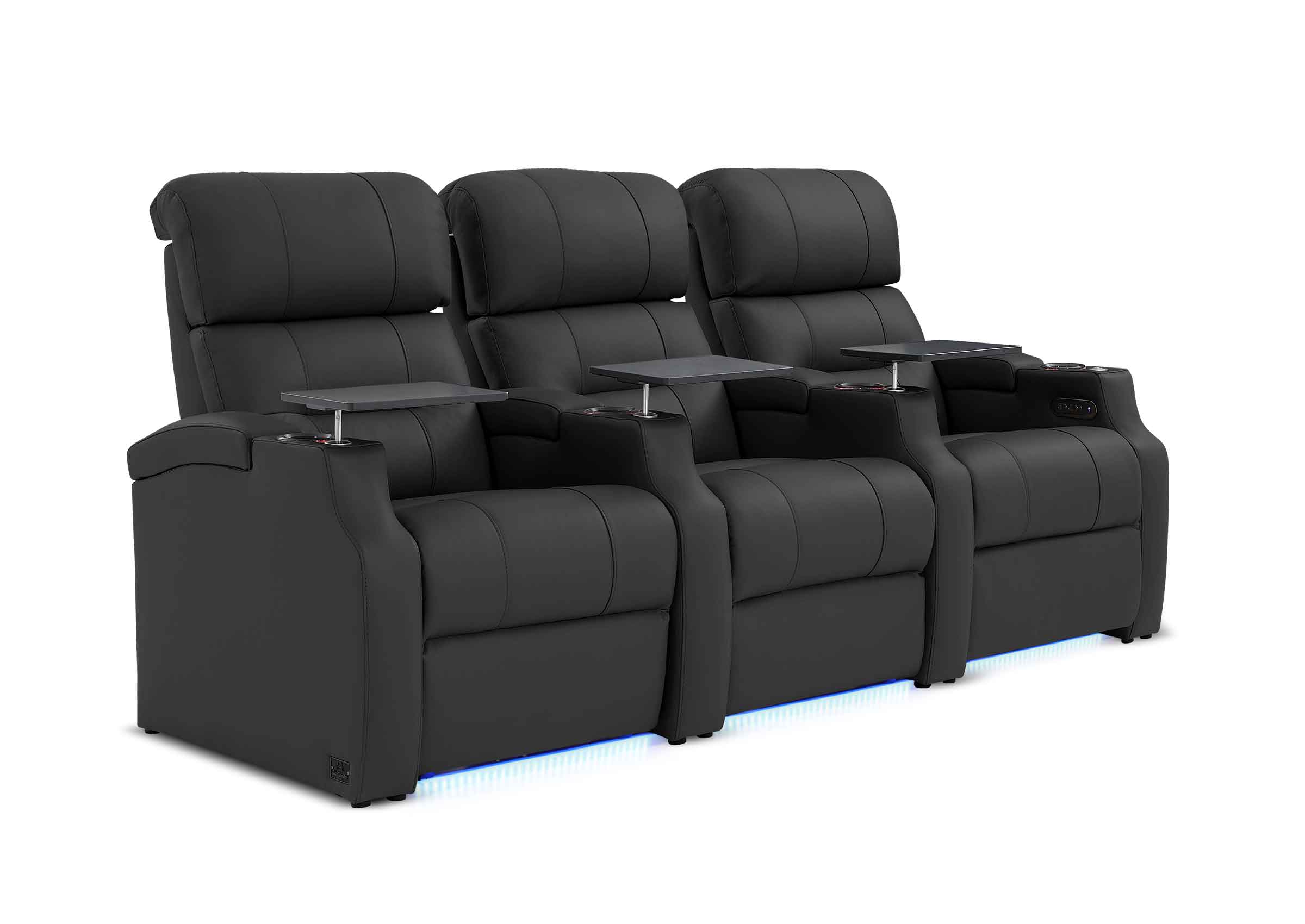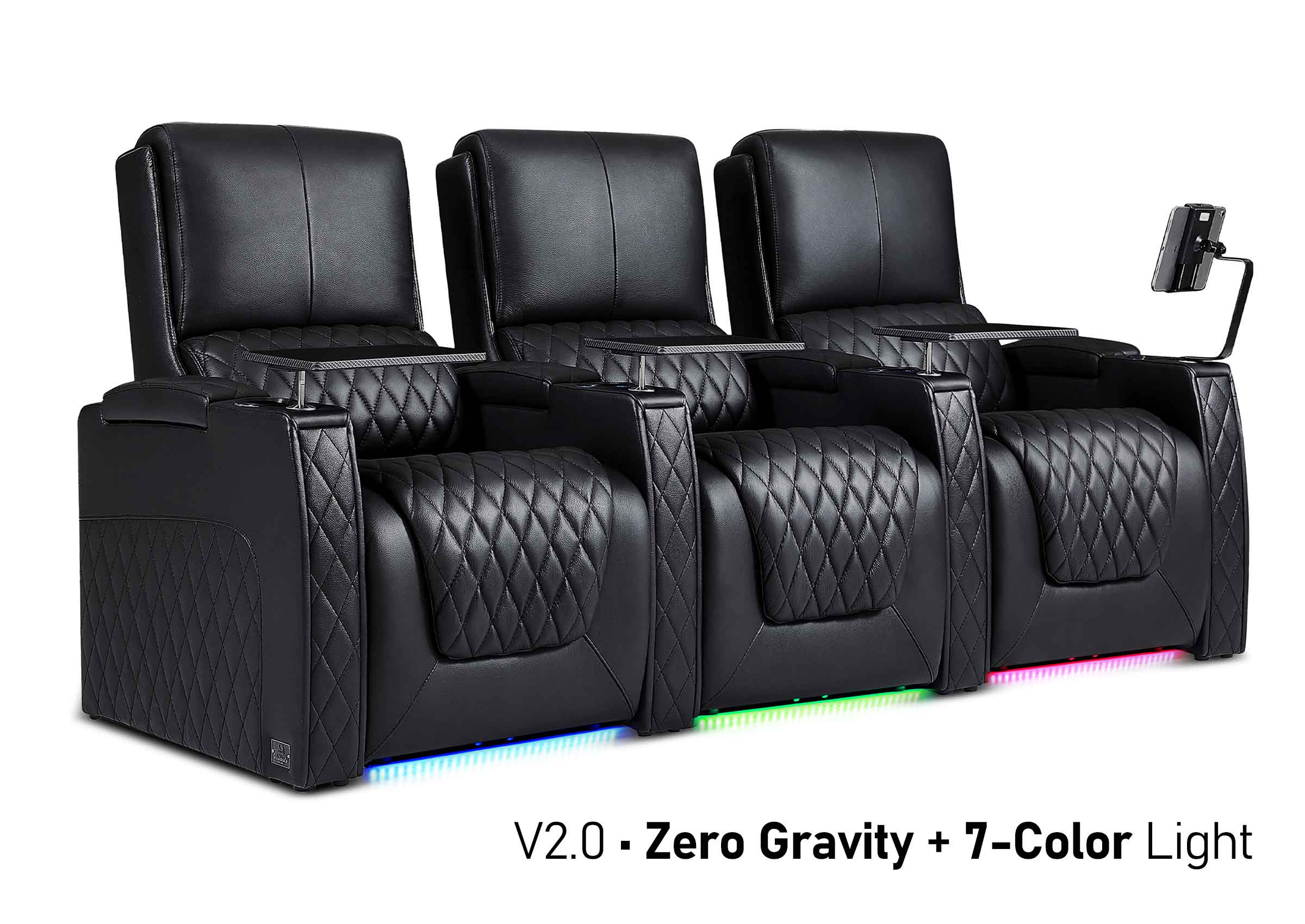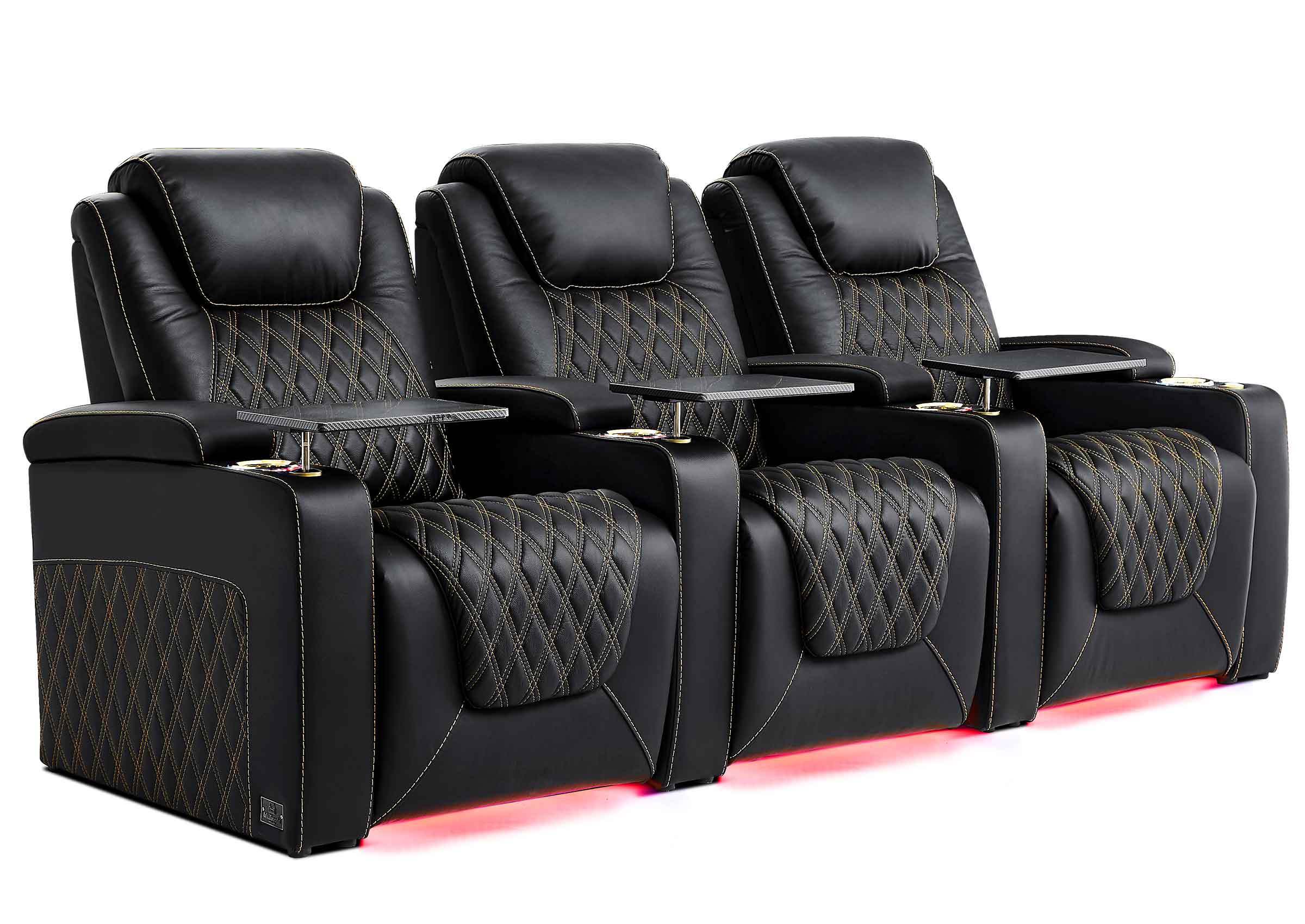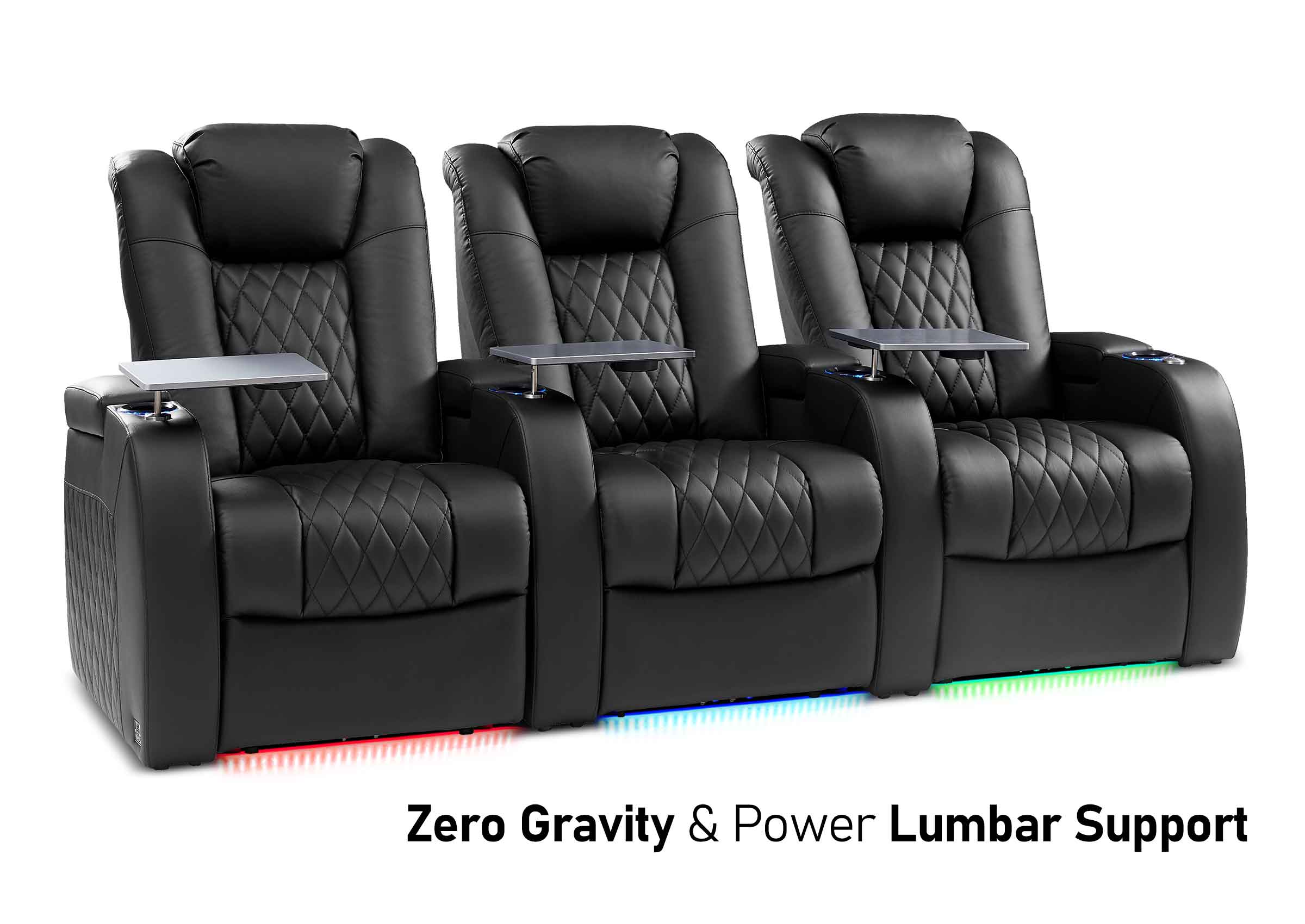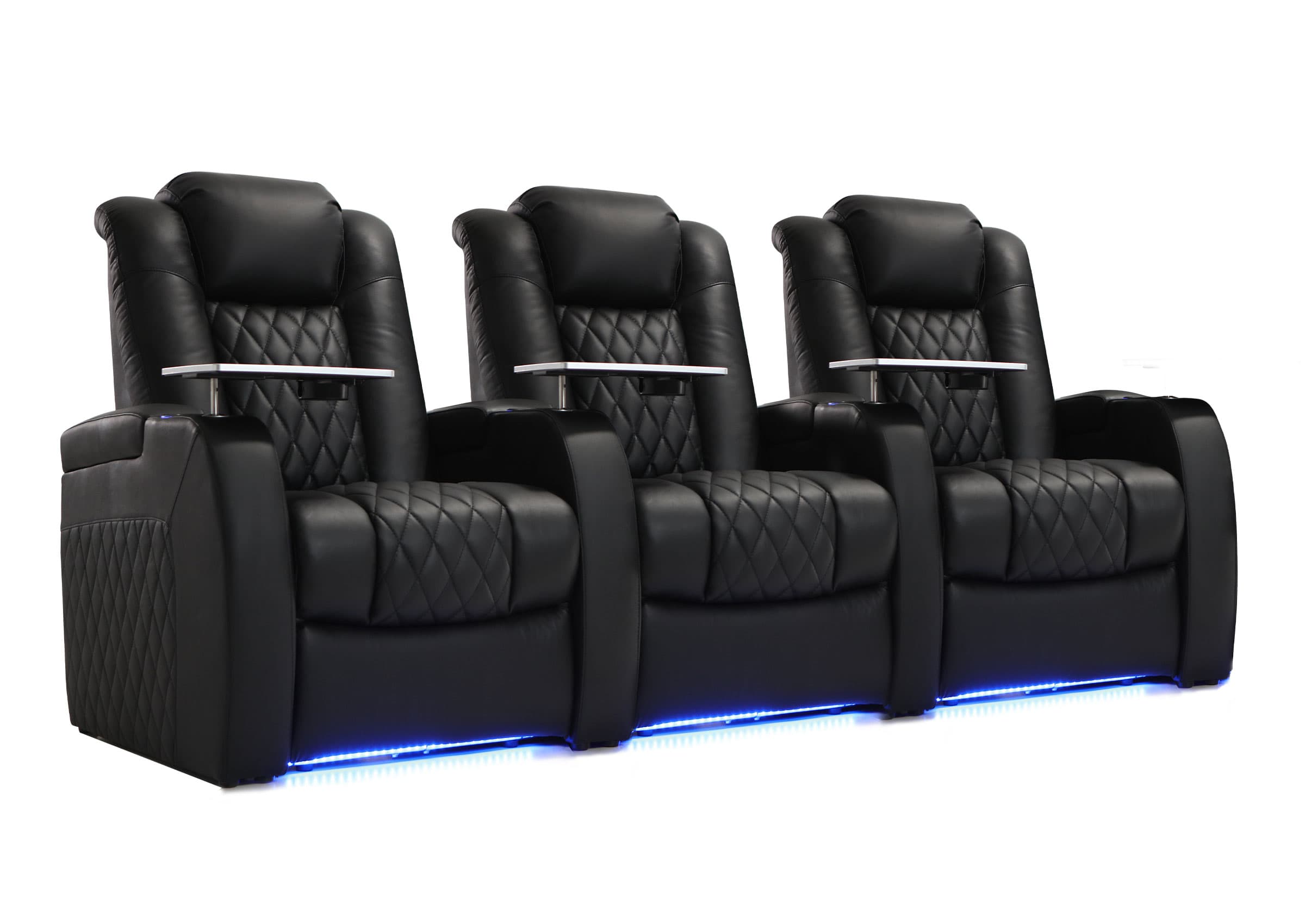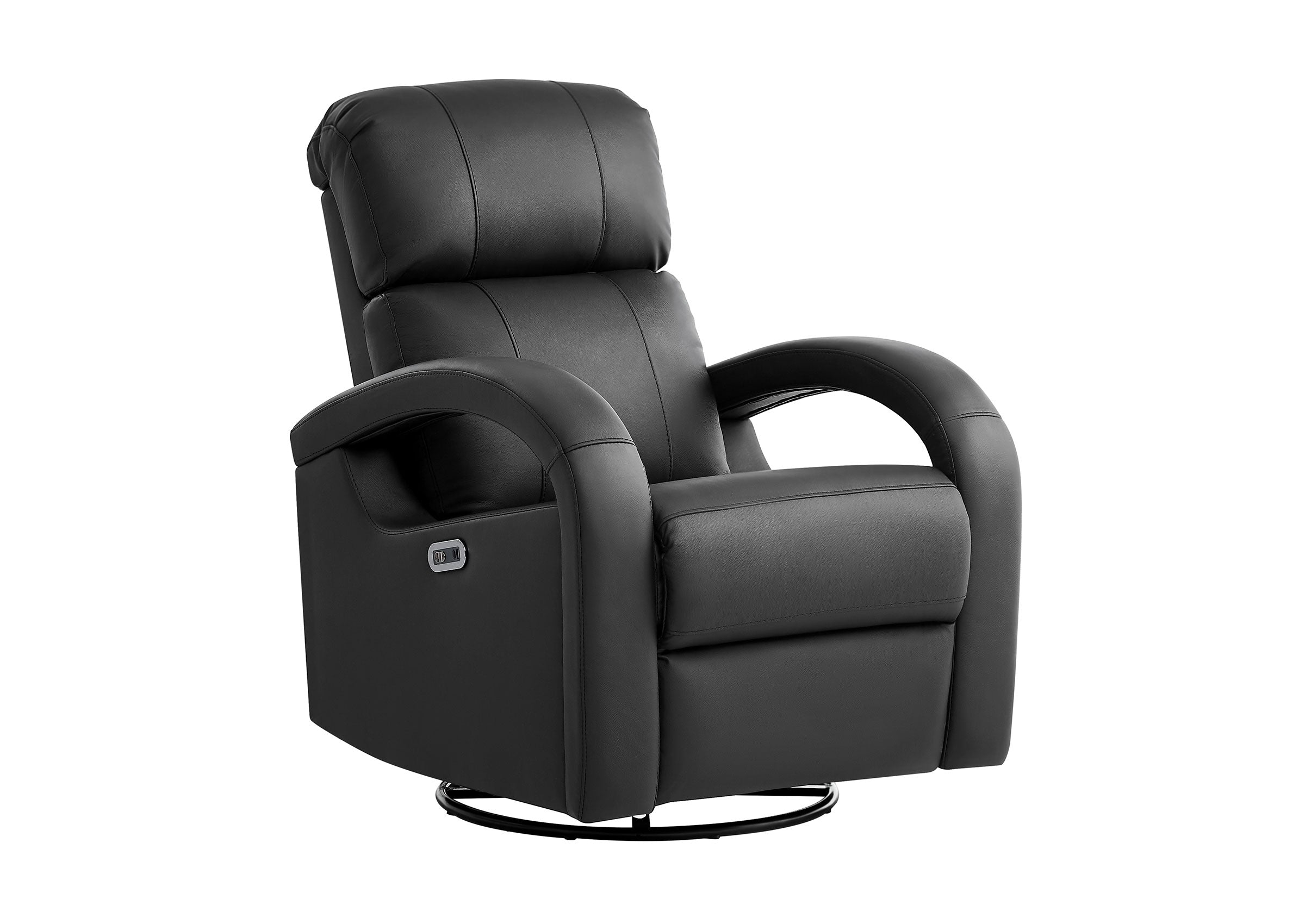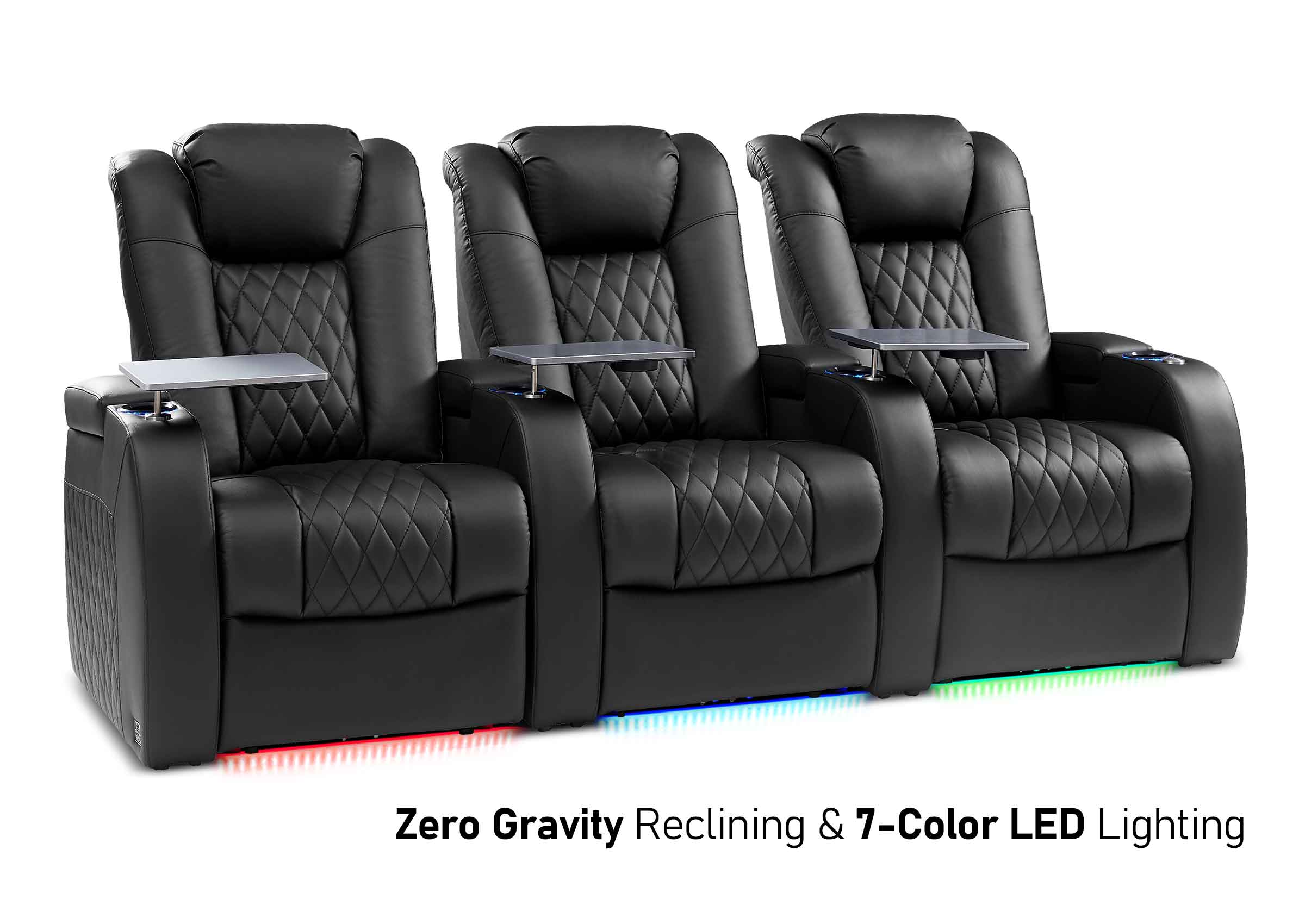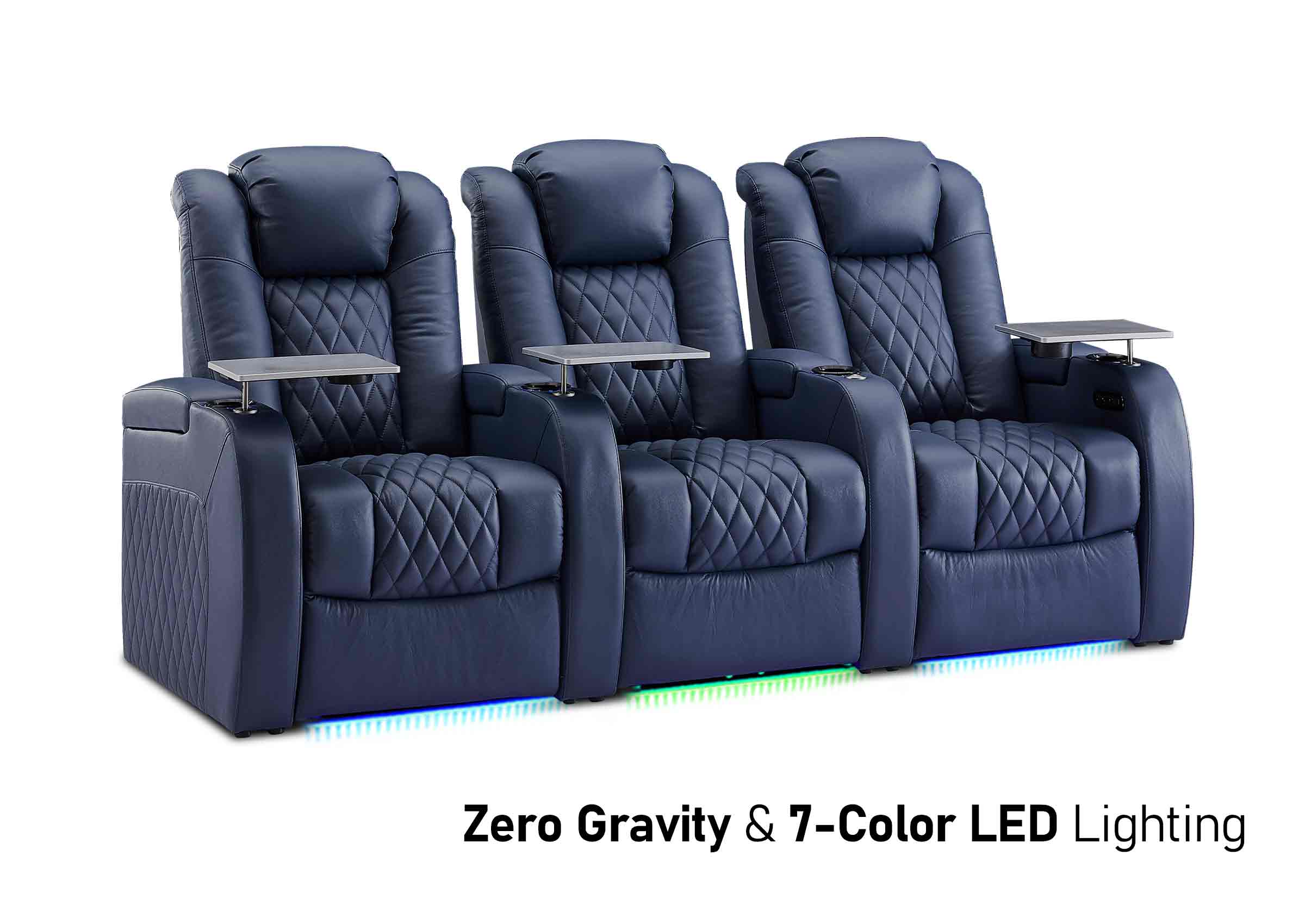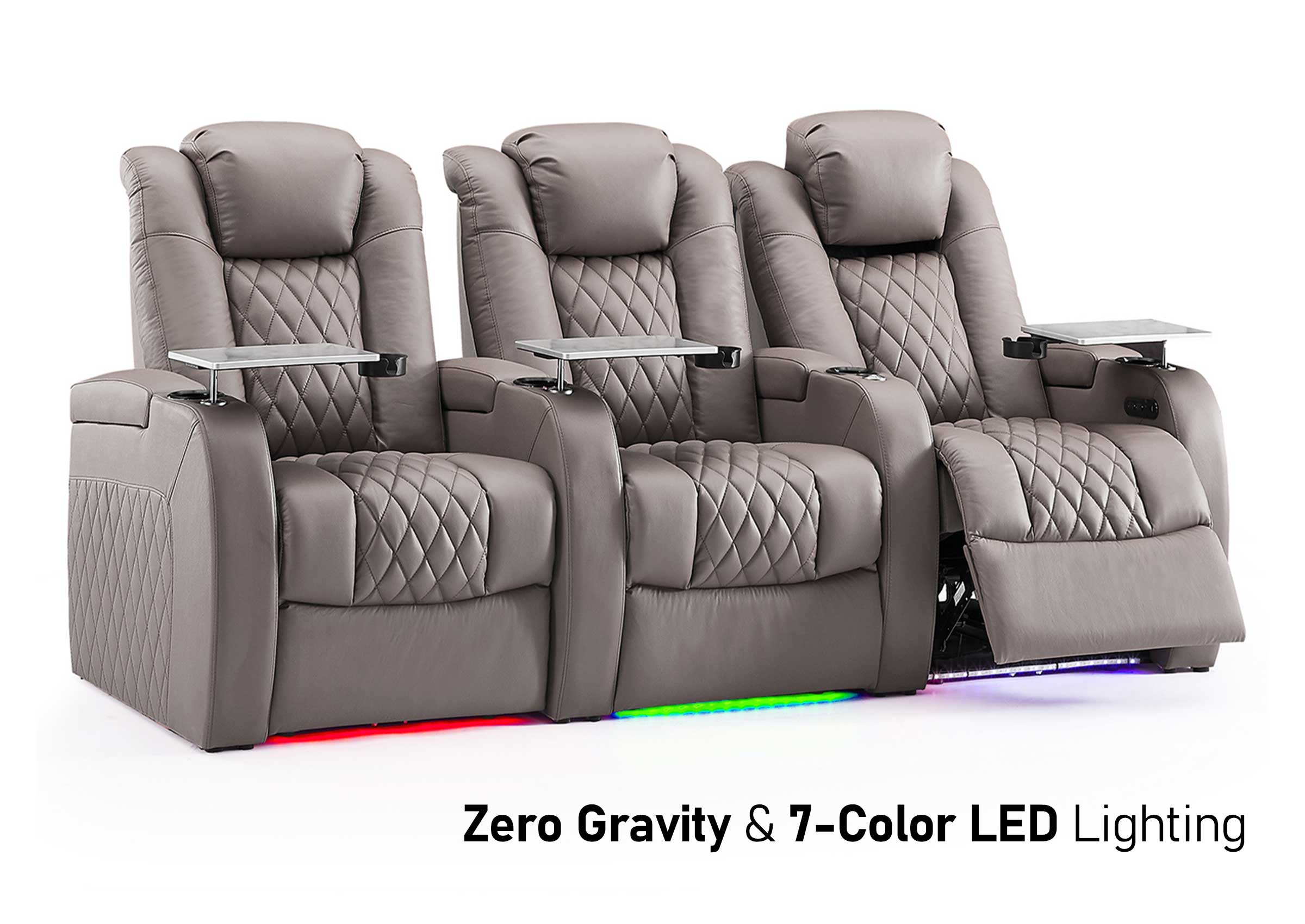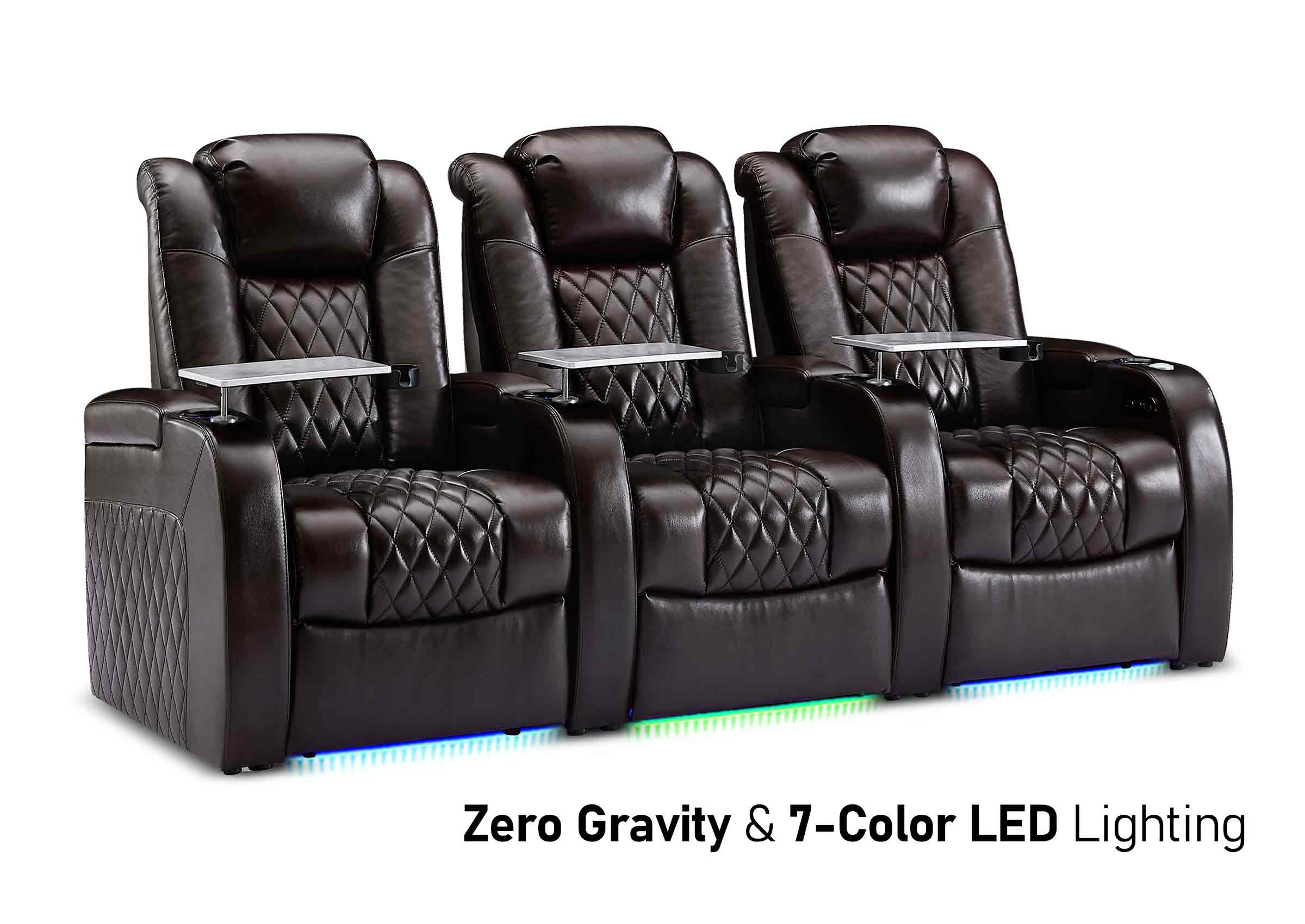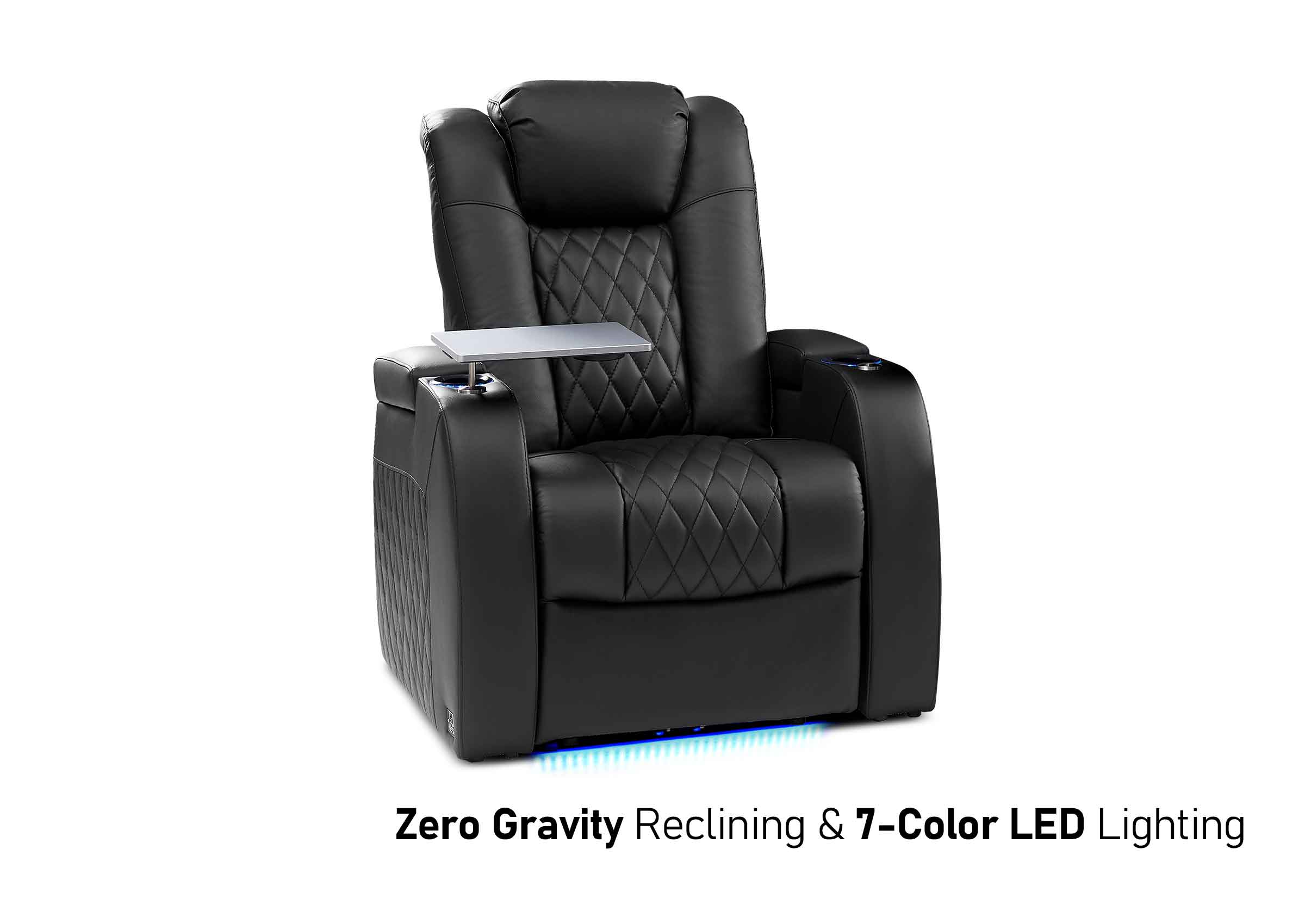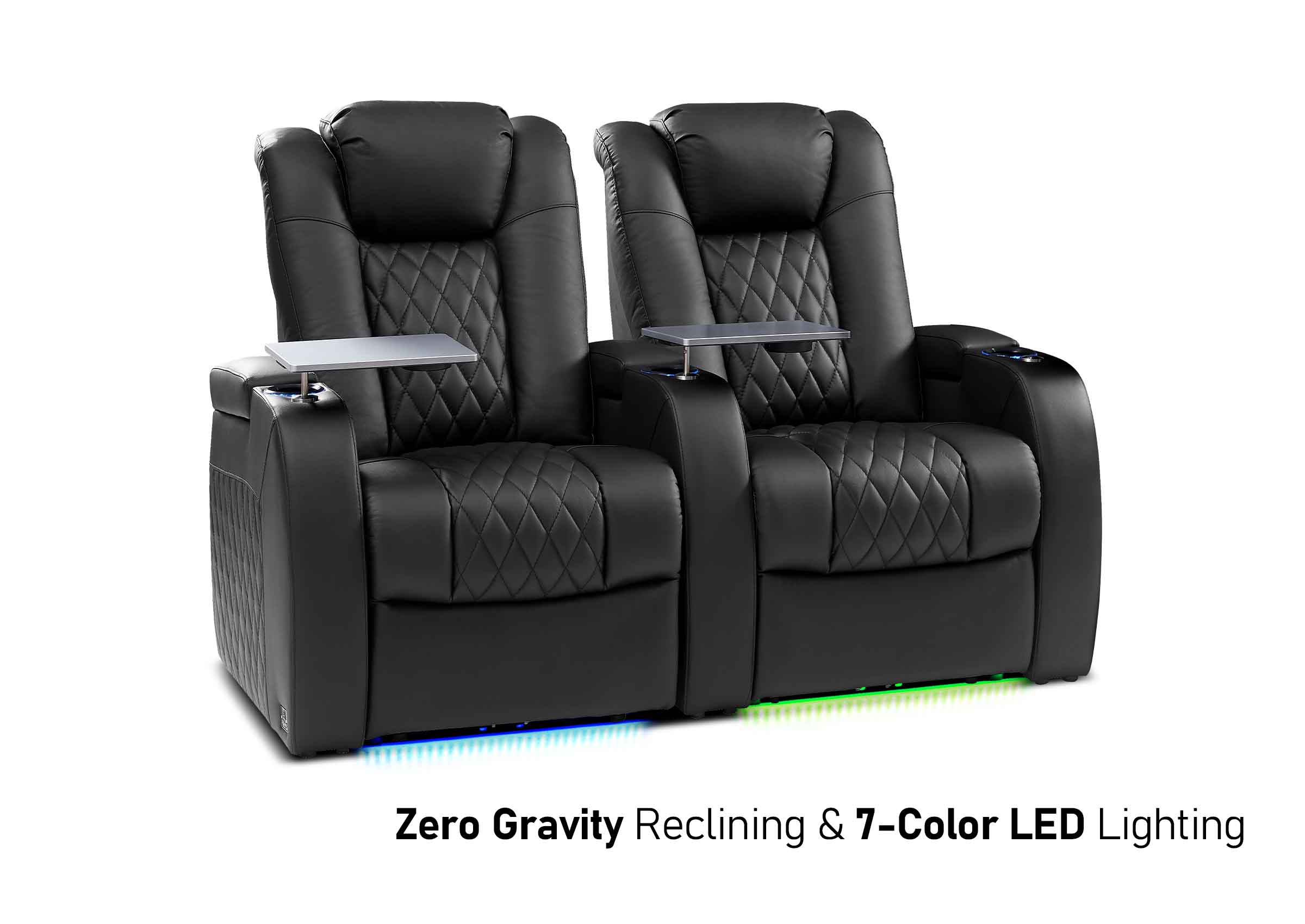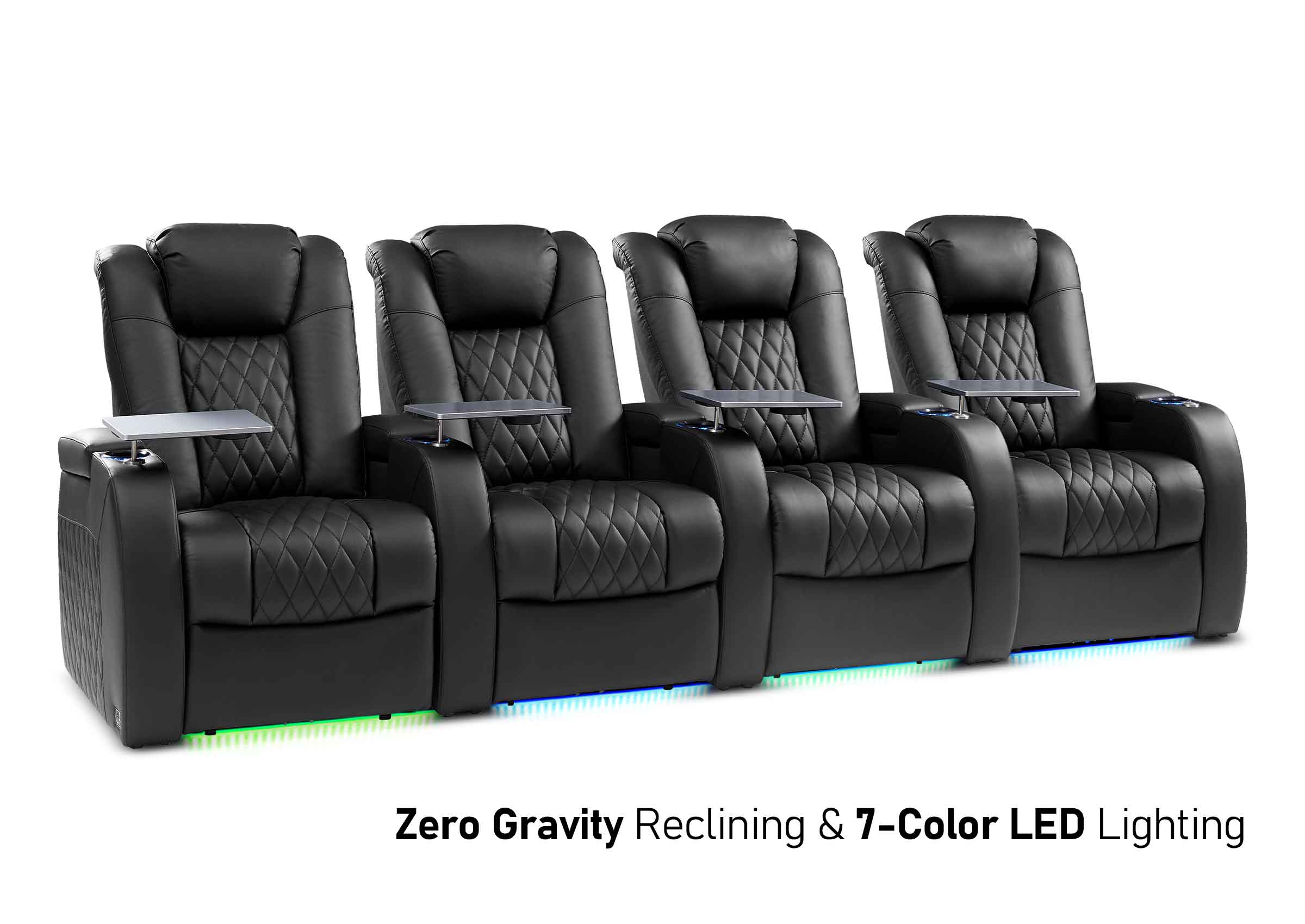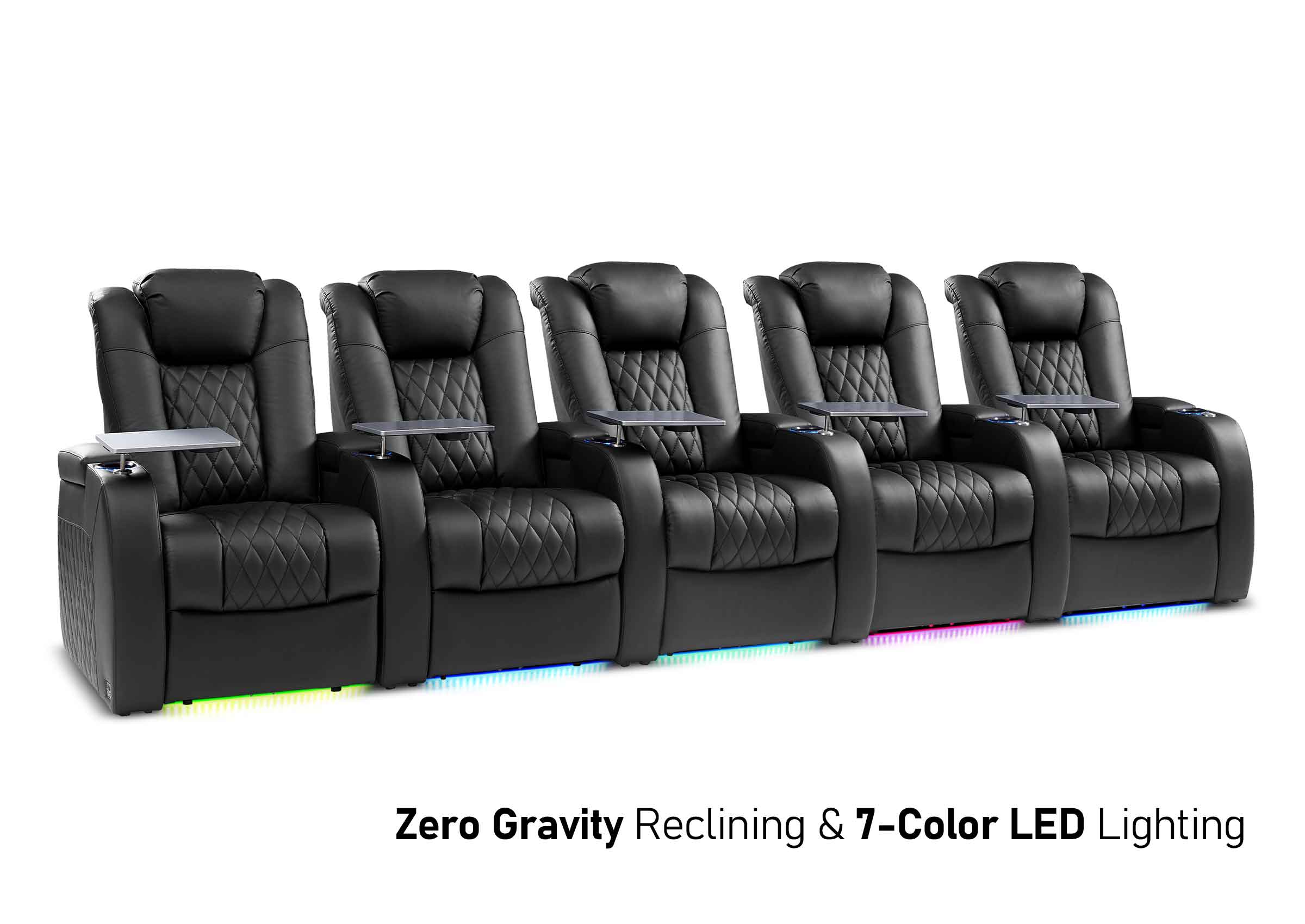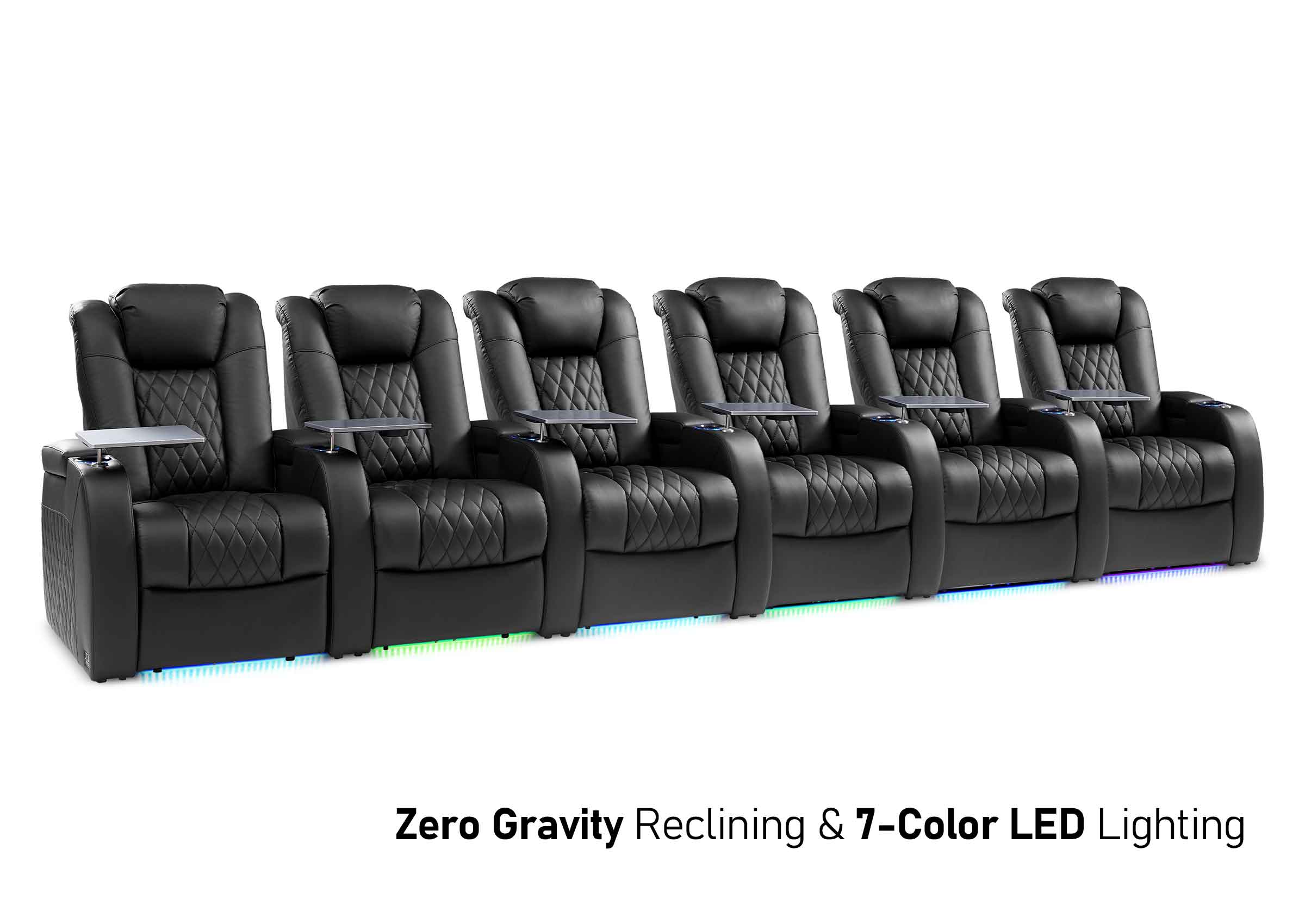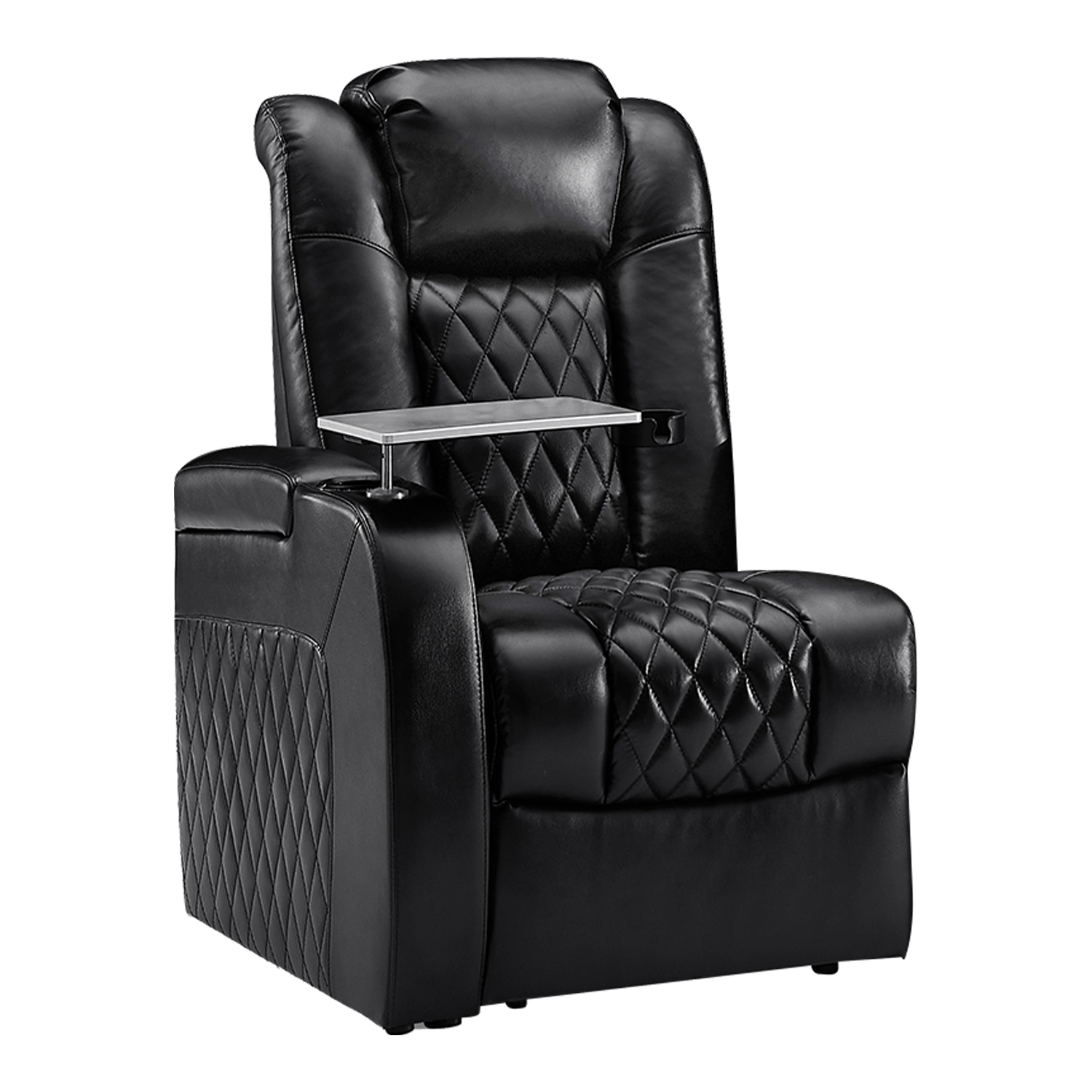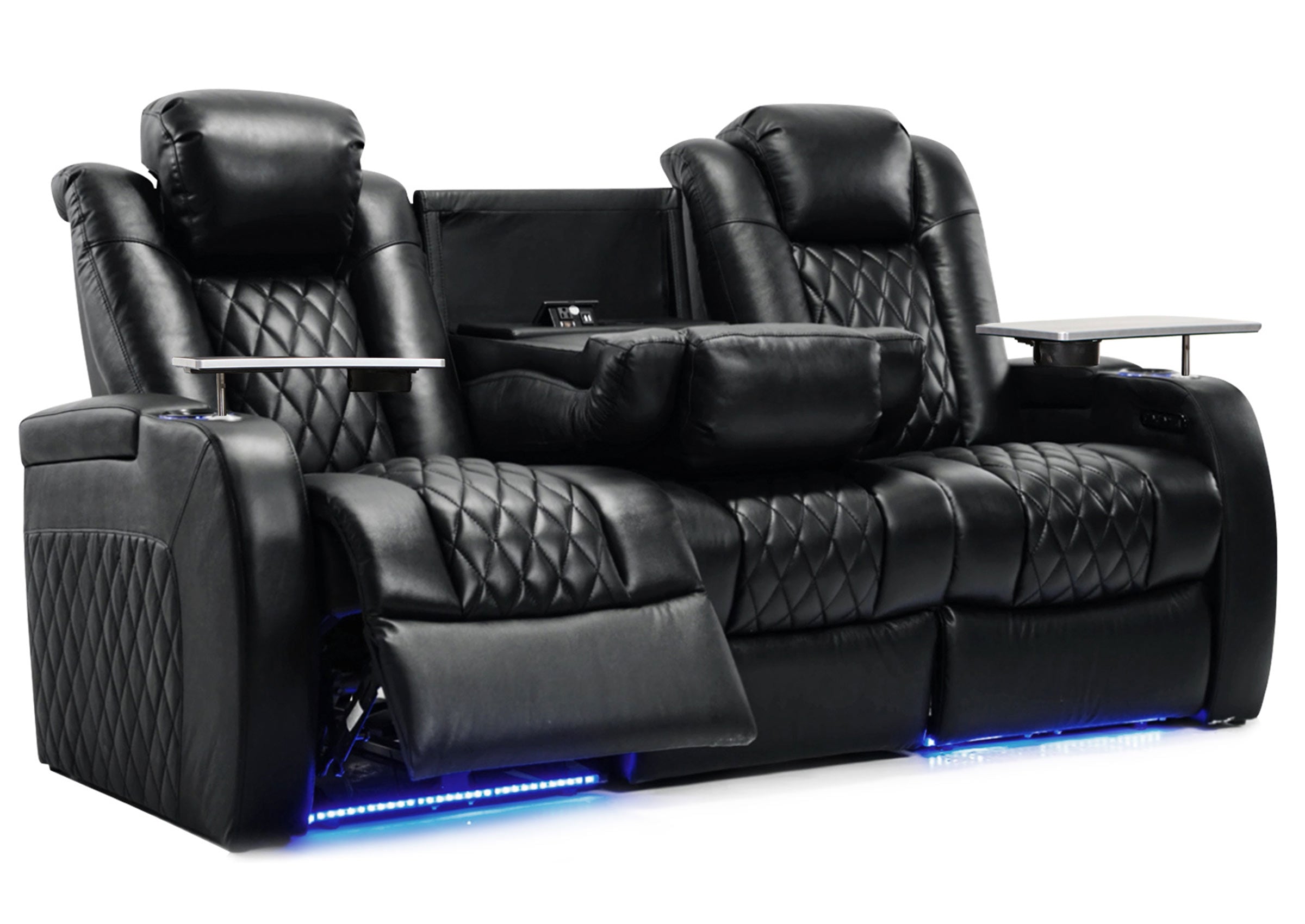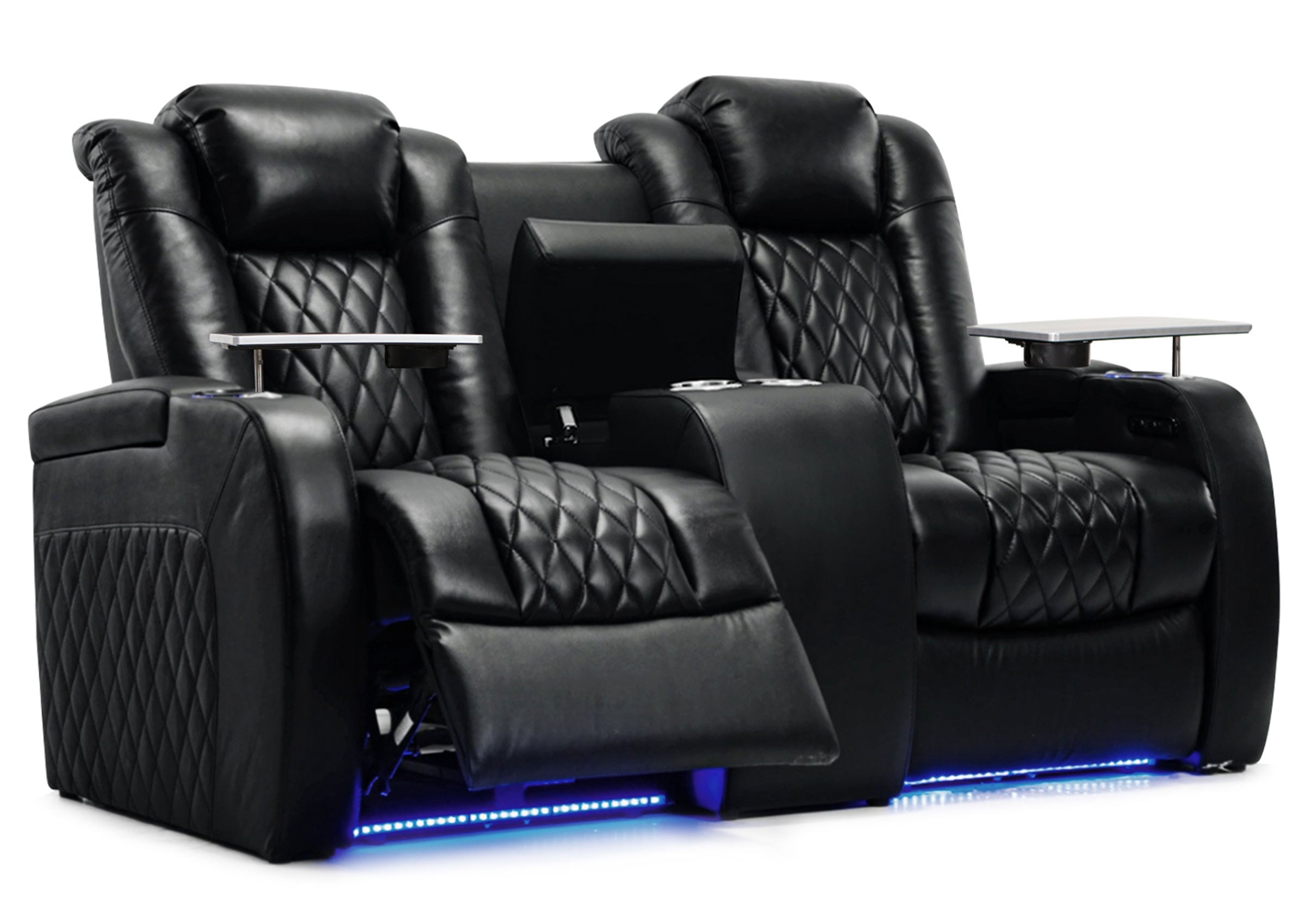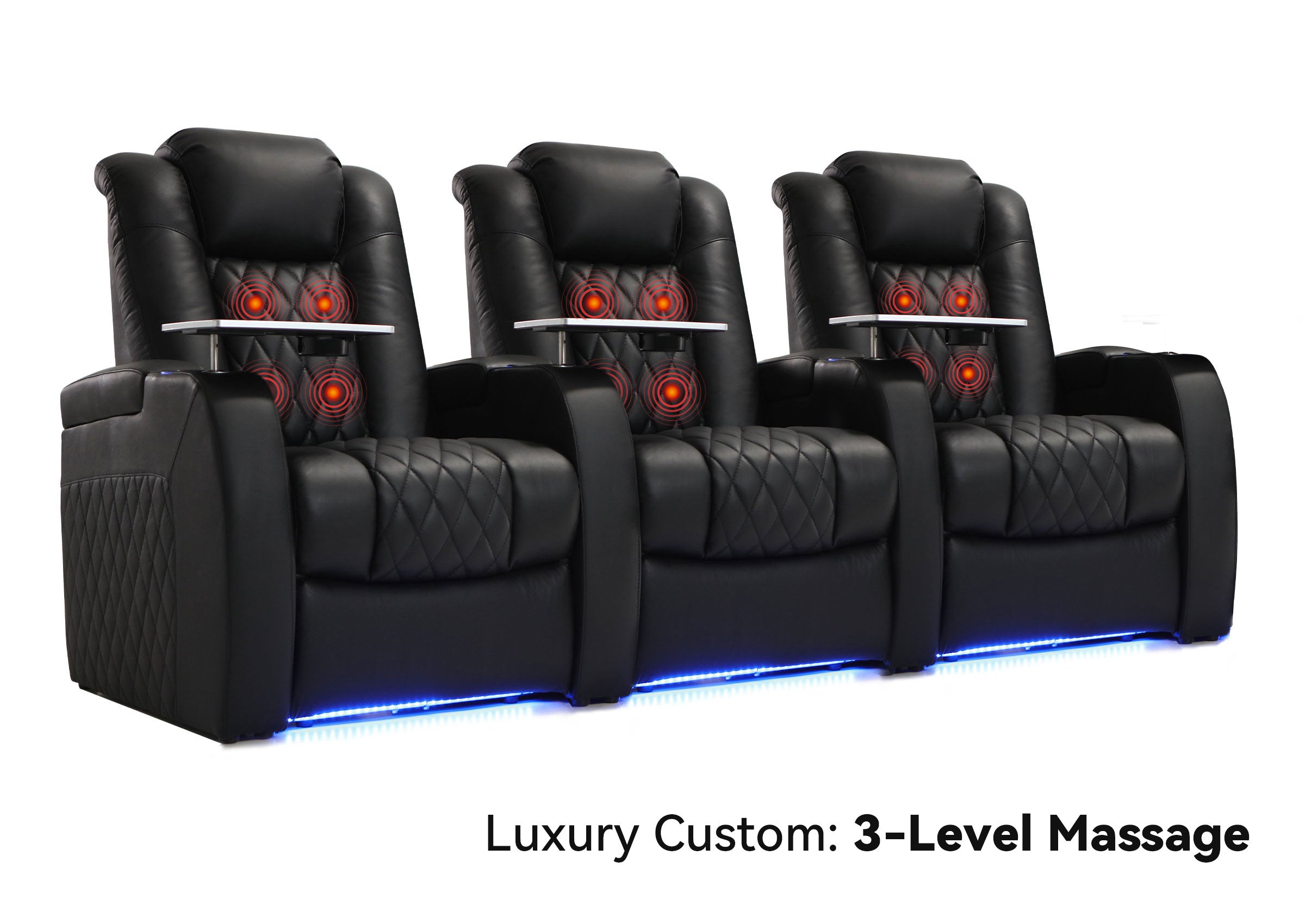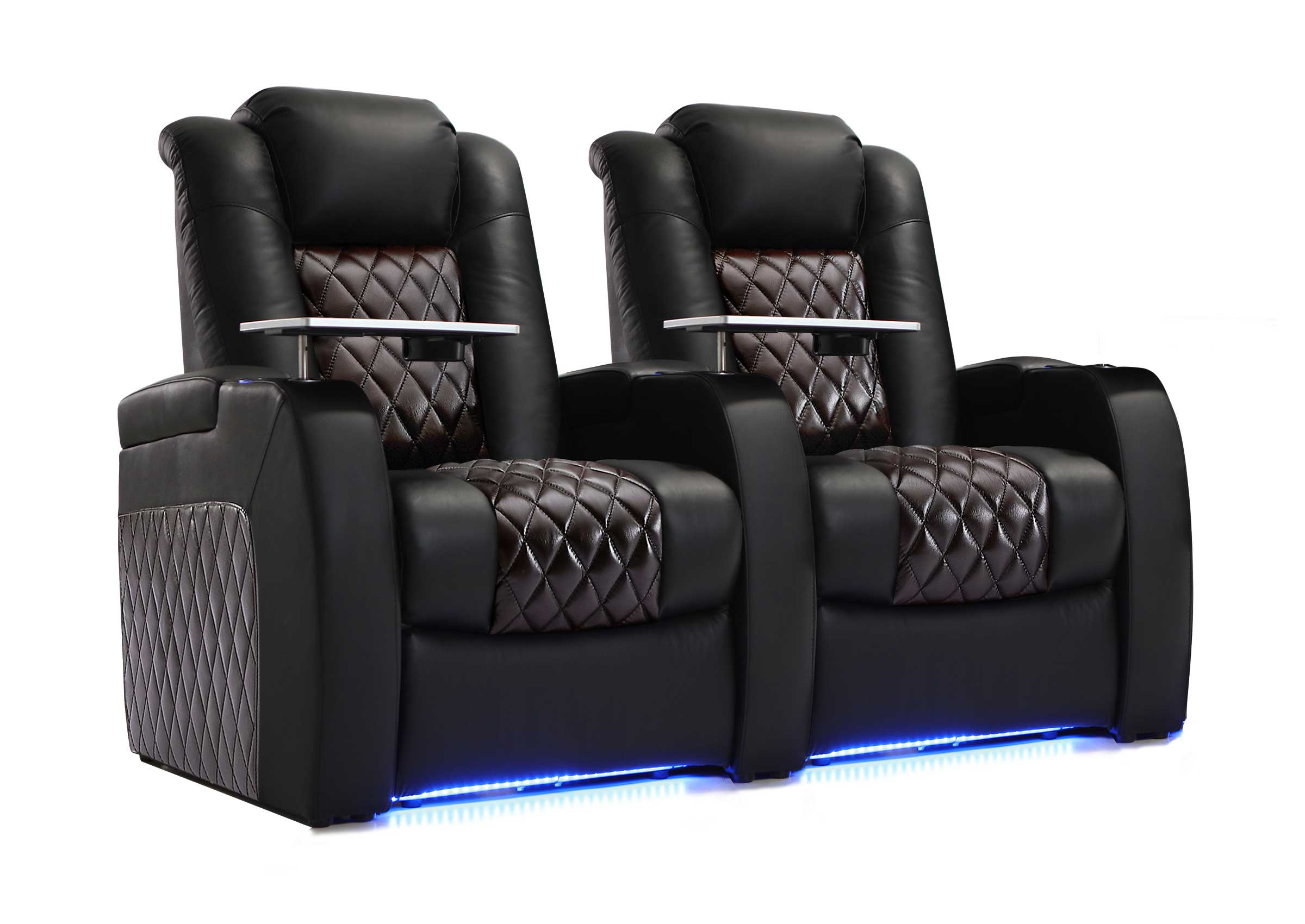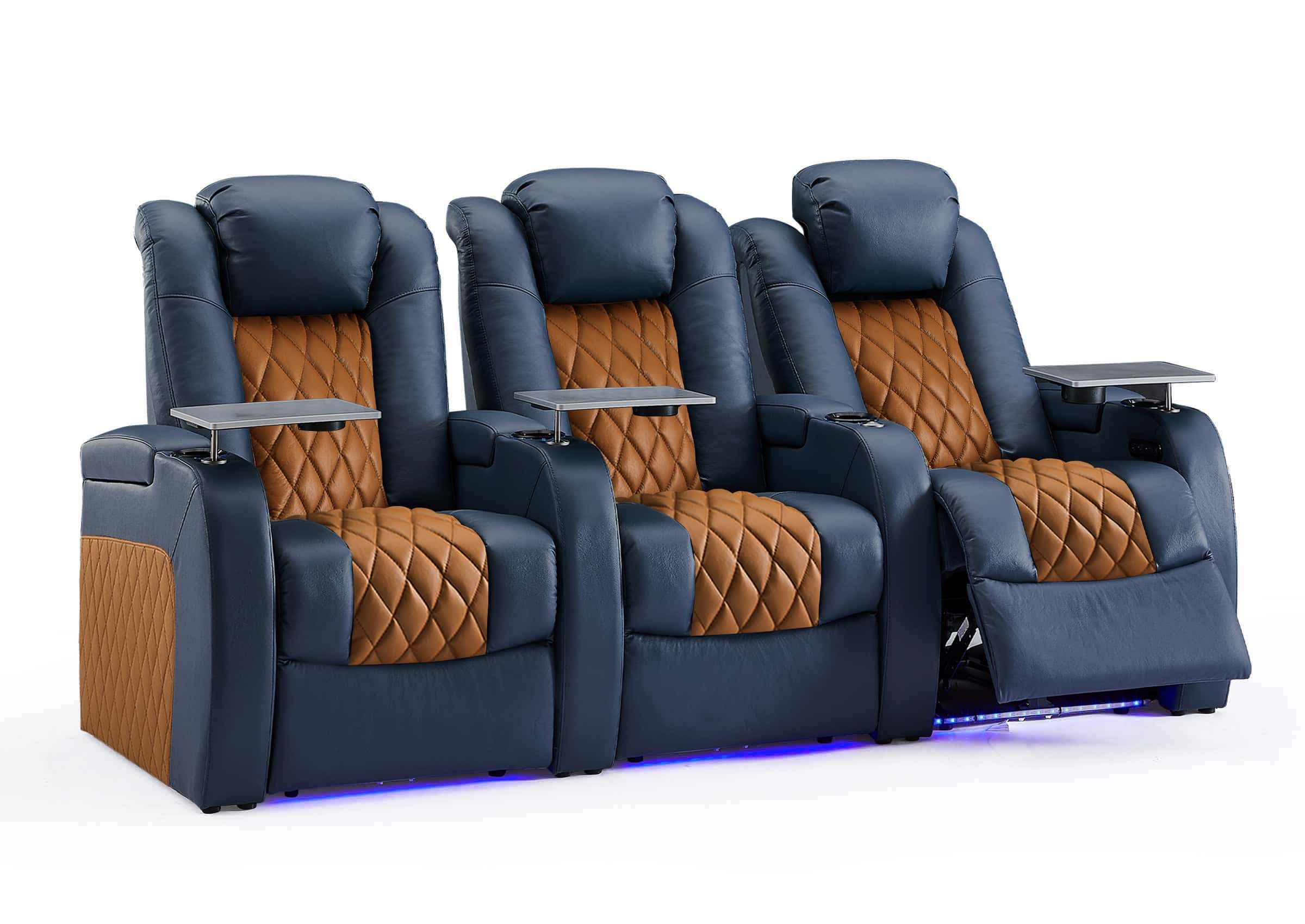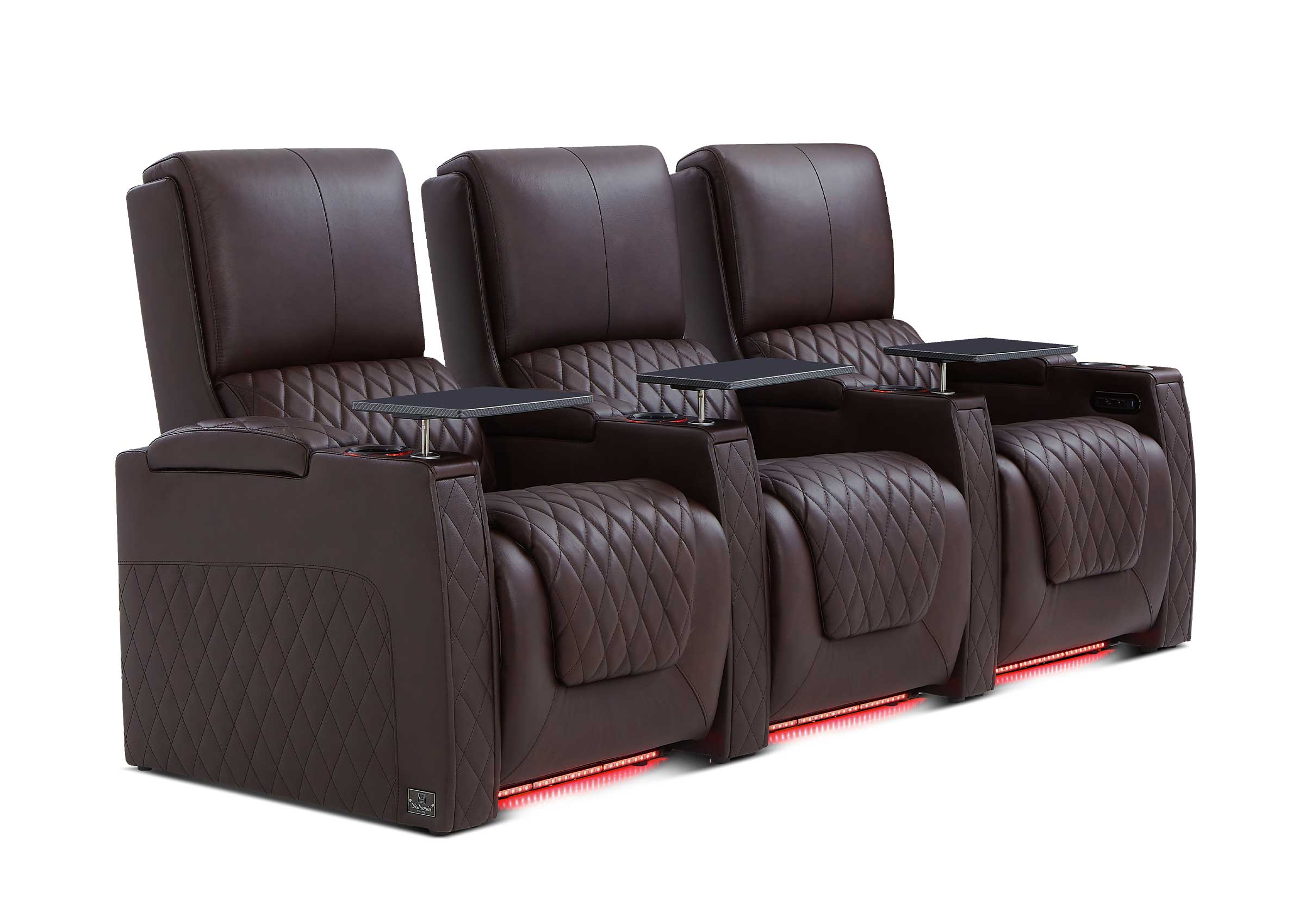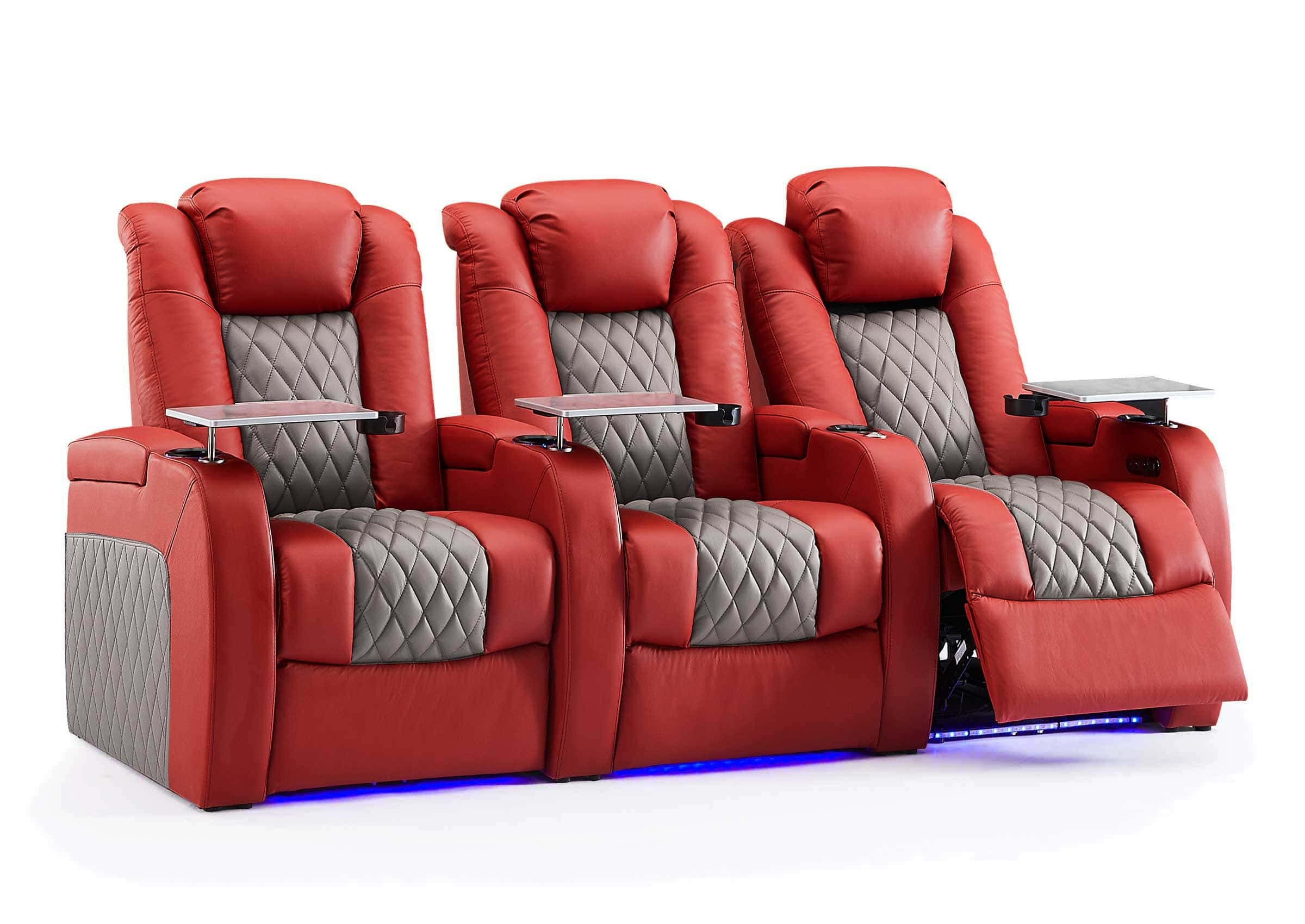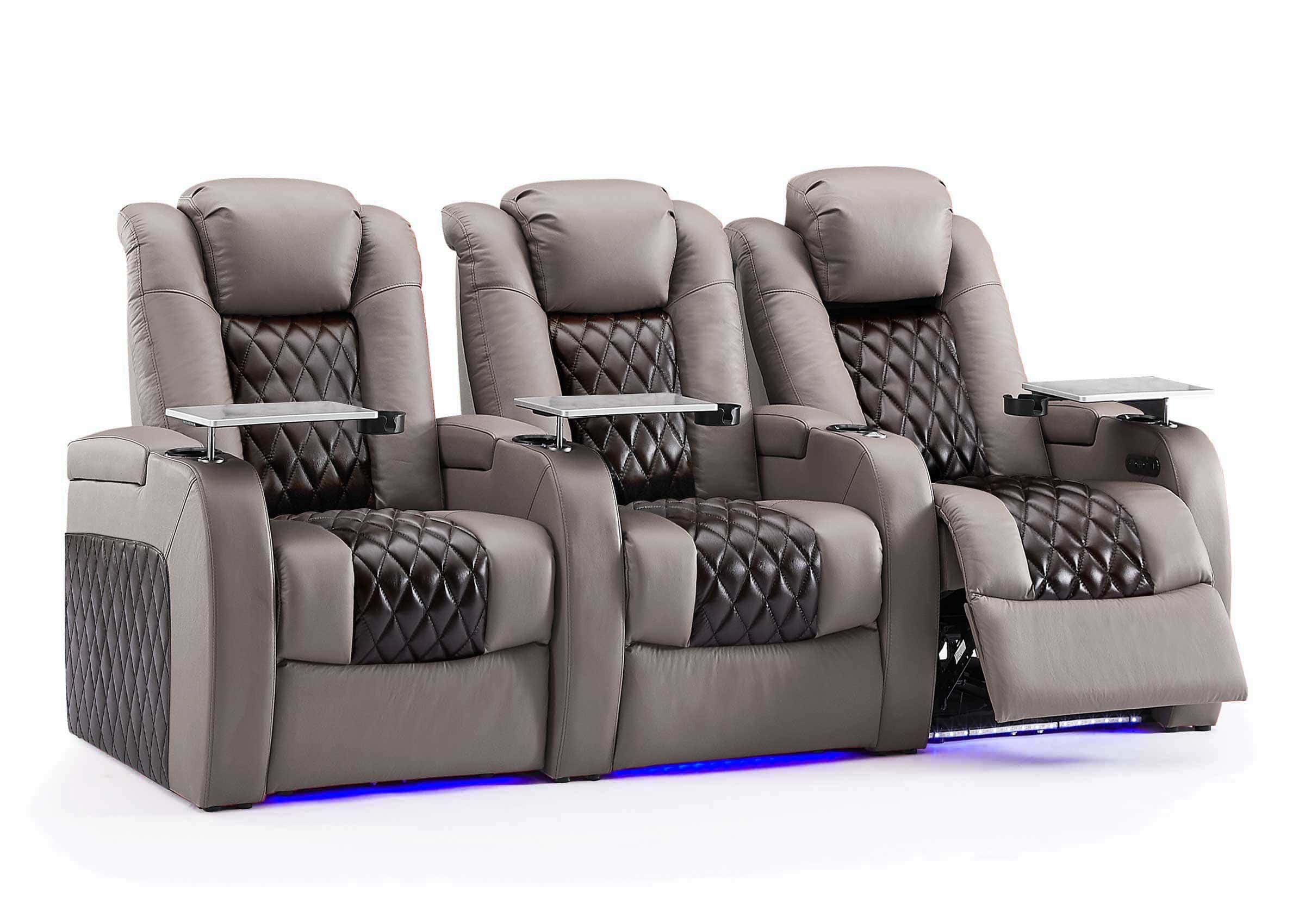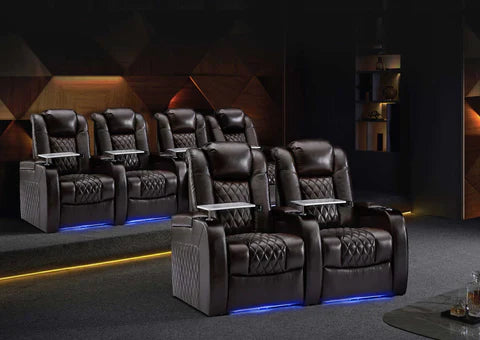Your house has diverse uses for a sofa and a reclining chair. With its movable positions, a recliner is designed for personal relaxation; a sofa is ideal for family and friend shared seating. Your living room will benefit both pieces; the ideal option will rely on your daily routines, room availability, and planned use of the space.
How Recliners and Sofas Serve Different Purposes
At home, sofas and recliners serve different purposes. Their designs reflect daily usage of them by individuals.

Single vs. Group Seating
One person created a recliner. Perfect for reading, watching TV, or napping, you may change it to sit up straight or slink back. Sofas are designed for several occupants. They fit family time, friend entertaining, or just adding more sitting in your living area.
History and Changes
Originally serving medical patients, recliners originally surfaced in the 1850s as chairs. Once La-Z-Boy developed the first reclining mechanism in 1928, they started to appeal in homes. Originally formal furniture, Sofas evolved throughout time into the cozy couches we know today.
Current Features
Modern recliners seem better than their predecessors. Many contain USB ports, storage area, and electric controllers. New elements like parts you can move around, built-in recliners, and stain-resistant materials have also helped sofas evolve. These days, both feature space-saving designs ideal for smaller areas.
Every piece of furniture in your house addresses different purposes. While sofas are ideal for spending time with people, recliners are most comfortable for you personally.
How Much Space Do Recliners and Sofas Need?
Recliners and sofas perform best in your house depending on their required space. Correcting the measurements helps you stay away from broken walls and packed spaces.

Minimum Floor Space
When erect, a recliner usually requires a 3' by 3' area; but, when completely reclined, you will need around 3' x 6'. Power recliners can need much more space to expand correctly. Usually covering 6' x 3' of floor space, a basic three-seat sofa requires little additional room for mobility.
Wall Distance for Safe Operation
Recliners need room to slink back. Though wall-hugger versions can be positioned closer, most should sit at least 6-12 inches from the wall when erect. Since Sofas don't move, they can be positioned straight against walls; but, leaving two to three inches helps shield your walls and facilitates cleaning.
Doorway and Moving Path Measurements
Getting these items inside your house calls for preparation. The large form of a reclining chair might make it difficult to fit through doorways, which should be at least thirty inches wide. For simpler moving, some recliners can be disassembled. Sofas may need particular treatment around corners and often bigger entrances.
Room Layout and Position Options
Recliners fit nicely as part of a seating group or in corners,adding to the overall layout. More versatile are sofas; they can line walls, float in the midst of a room, or designate regions in open spaces. Clear main paths and provide enough space to move around your furniture without difficulty for optimal use of space.
What Makes Recliners and Sofas Comfortable?
Every piece of furniture is constructed to support your body differently. Your comfort level while seated for short or prolonged periods depends on internal design.

Different Support Structures: Metal vs. Wood Frames
Recliners handle motion and weight changes using a metal frame with focused spring positioning. Most have extra help in the sections of the seat and back that move together. Usually with a hardwood frame and equally distributed springs across the whole seating surface, sofas are meant to accommodate several people without sagging.
Weight Distribution: Adjustable vs. Fixed Support
Reclining spreads your weight among the seat, back, and footrest. The angles change to fit your body posture, hence lessening of pressure on your legs and back. While sofa cushions equally transmit weight throughout their surface, they do not actively change to suit your posture.
Movement Options: Manual and Power Systems
Manual recliners adjust positions with a lever or push-back device. Usually with many stopping points, power recliners feature motors controlling smooth motions. Some divide the footrest and headrest controls. Apart from some versions with built-in reclining parts, sofas usually do not move.
Body Support Features: Targeted vs. General Comfort
Recliners sometimes feature lumbar support, movable headrests, and footrests raising your legs to help with back strain. Many more recent models include memory foam in strategic places. Comfortable sofas concentrate on general cushion comfort; some include more padding in the back and arms for improved support over extended periods of sitting.
What Extra Features Do Recliners and Sofas Offer?
Modern furniture comes with various add-ons that go beyond basic comfort. These features can make your seating more useful for different activities.

Charging Ports and Controls
Modern recliners often include USB ports for charging phones, built-in massage systems, and electronic controls for position adjustment. Some high-end models even have heating elements and LED lighting. Most sofas remain technology-free, though some newer models include USB ports in the armrests or hidden power strips.
Storage Options
Many recliners have side pockets or armrest compartments for remotes, books, and small items. Some include cup holders that fold away when not in use. Sofas might offer storage under seat cushions or in ottoman sections, which work well for blankets and larger items.
Cup Holders and Trays
Recliners commonly feature cup holders, tablet stands, and swing-out trays for eating or working. Sofas typically use separate side tables for these functions, though some sectionals include built-in consoles with cup holders between seats.
Outlet Access
Power recliners need to be near an outlet and use about 1.5 amps. Many have backup batteries for power outages. Traditional sofas don't need power, but models with USB ports or built-in recliners will need access to electricity.
How Do Recliners and Sofas Affect Social Activities?
The type of seating you choose can change how people interact in your home. Each piece creates different opportunities for spending time with family and friends.

TV Watching and Gaming
A recliner provides one perfect spot for watching TV or playing video games, with adjustable positions for long viewing sessions. Sofas let multiple people watch together, making them better for family movie nights or group gaming, though not everyone gets the ideal viewing angle.
Family Time
Recliners are personal spaces - great for reading alone but limiting for family bonding. Kids can't easily cuddle up like they can on a sofa. Sofas naturally bring family members together, whether for watching shows, reading stories, or just talking about their day.
Guest Comfort
Recliners work best for one guest, offering them a comfortable spot but separate from others. Sofas can seat several guests at once, making them ideal for parties or family visits. Some sofa models even convert to beds for overnight guests.
Daily Activities
A recliner is perfect for focused activities like reading, napping, or knitting. Sofas support more varied activities - kids can do homework while parents read, families can play board games, or people can work on laptops while chatting with others.
How to Choose Between a Recliner and Sofa?
Making the right choice depends on several key factors that affect your daily life. Understanding these points helps you make a practical decision.

Daily Activities
A recliner fits best if you live alone or want a personal relaxation spot. It's ideal for those who enjoy reading, watching TV, or need extra back support. Sofas work better for families, frequent hosts, or people who prefer group activities at home.
Space Limits
Recliners need at least 40 square feet with extra space for reclining. They work well in corners or small dens. Sofas require 60-80 square feet minimum but offer more seating per square foot. They're better for large living rooms or open floor plans.
Price Points
Basic recliners start at $300, with power models ranging from $700-2000. High-end options can reach $3000. Sofas generally start at $500 for basic models, with quality pieces ranging from $1000-3000. Sectionals can cost $2000-5000 or more.
Style Match
Recliners come in fewer style options but now include modern, slim designs beyond traditional bulky looks. Sofas offer more variety in styles, colors, and configurations, making them easier to match with different room designs.
Future Use
Consider how your needs might change. Recliners work well for aging in place but serve fewer purposes. Sofas adapt better to changing family sizes and social needs, though they offer less specialized comfort for individuals.
Get the Right Furniture for Your Home!
Recliners and sofas each have different strengths. Recliners are best for personal comfort with their adjustable positions and extra features - ideal if you want a private spot to relax. Sofas work better for social settings, giving you space for family time and guests. Think about your room size, budget, daily habits, and future plans when you choose. The right pick will make your living space more useful and comfortable.


